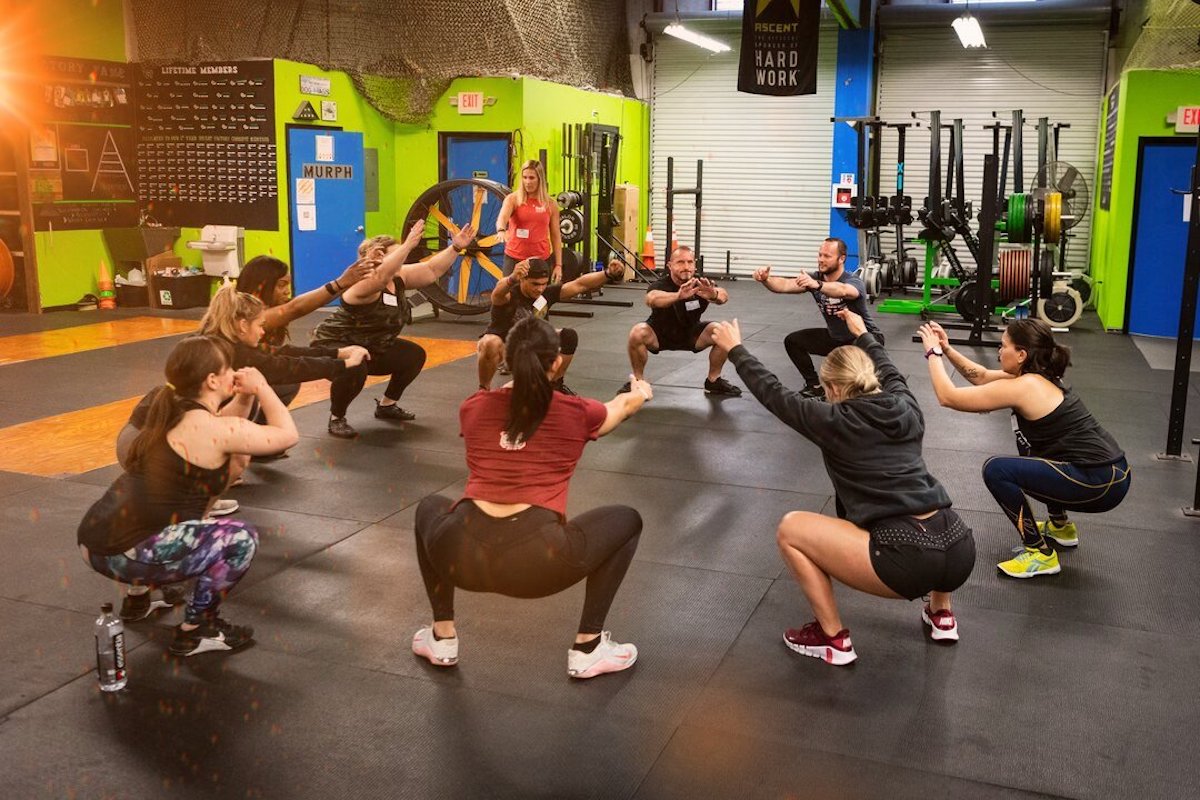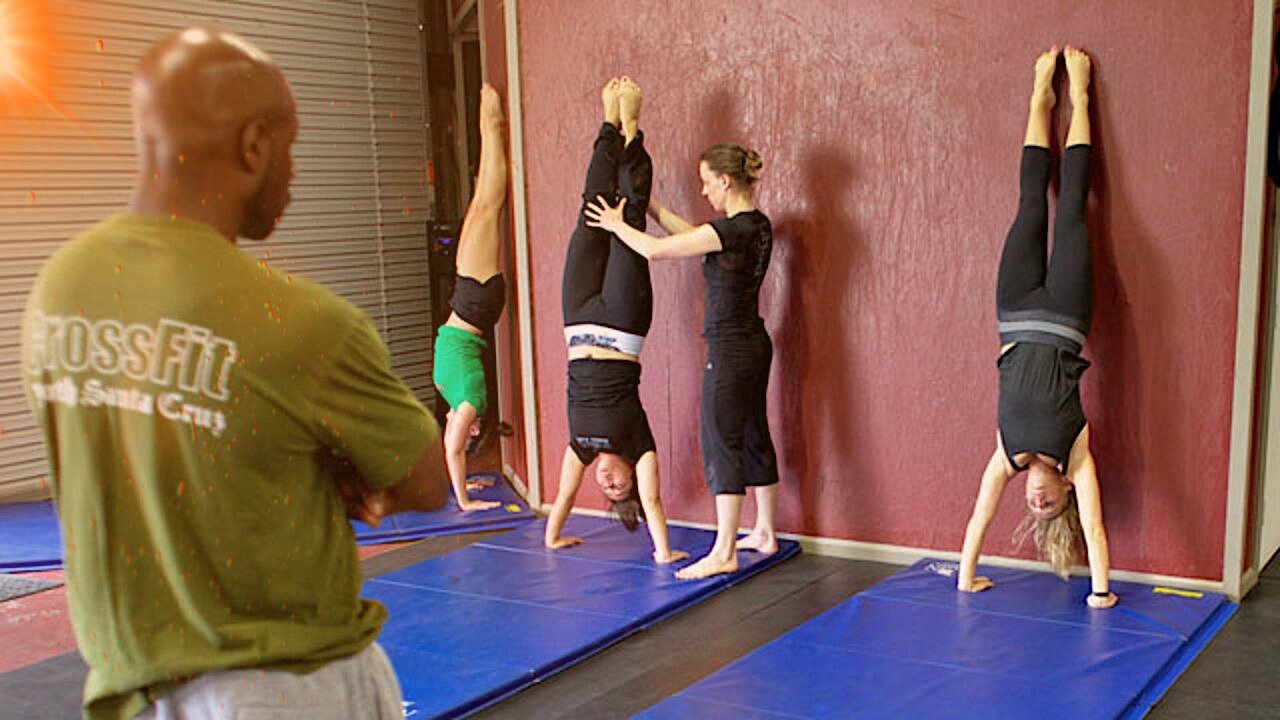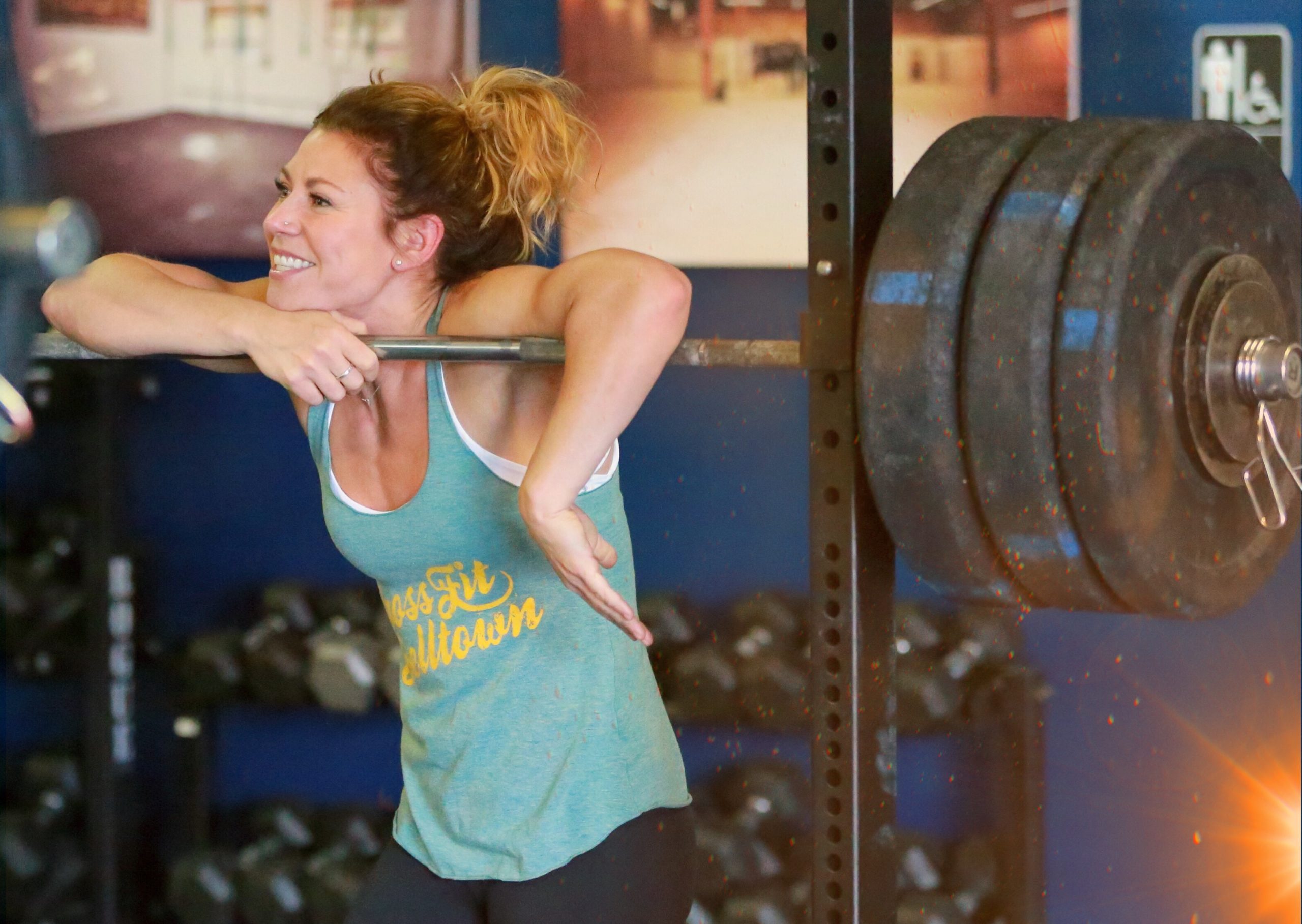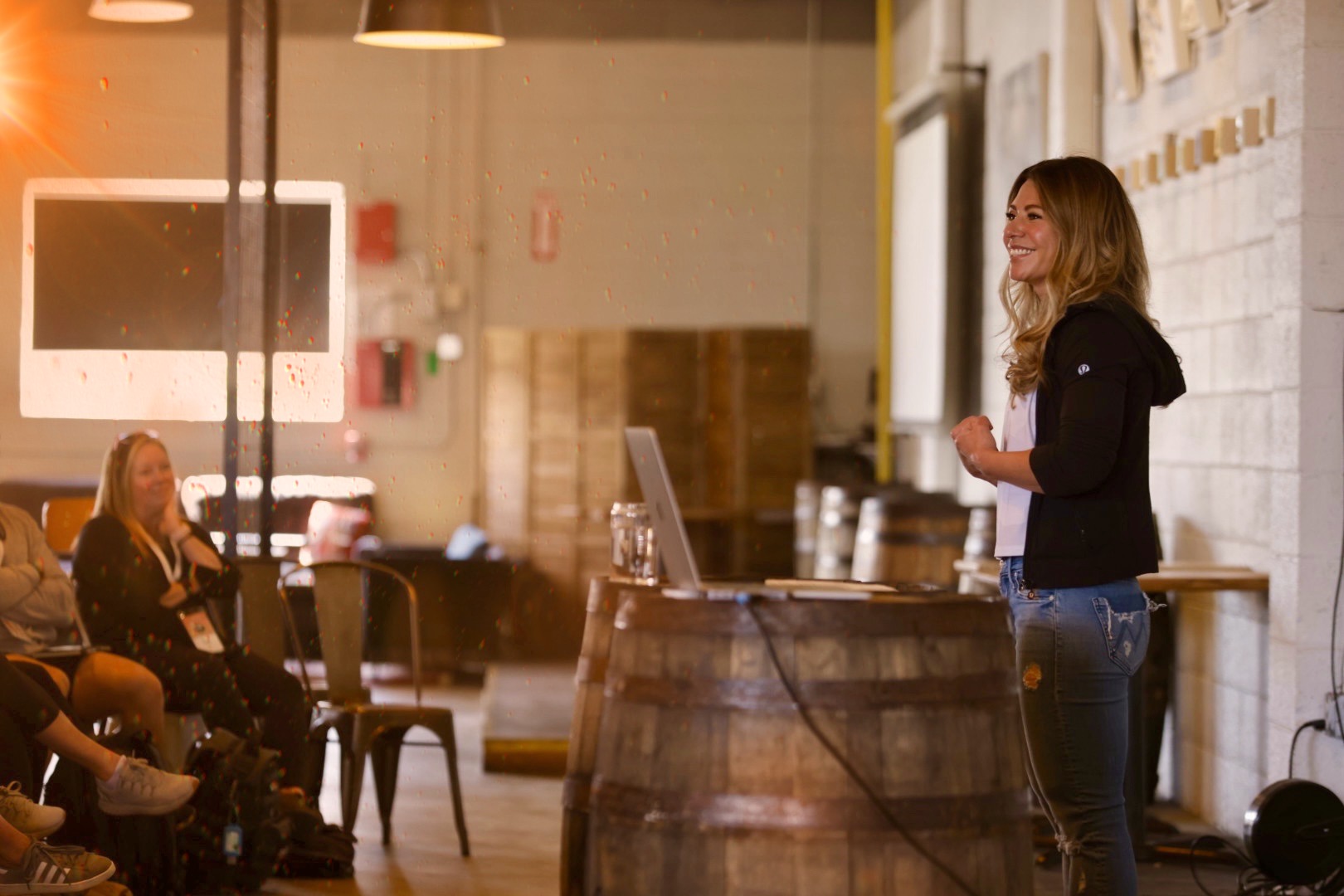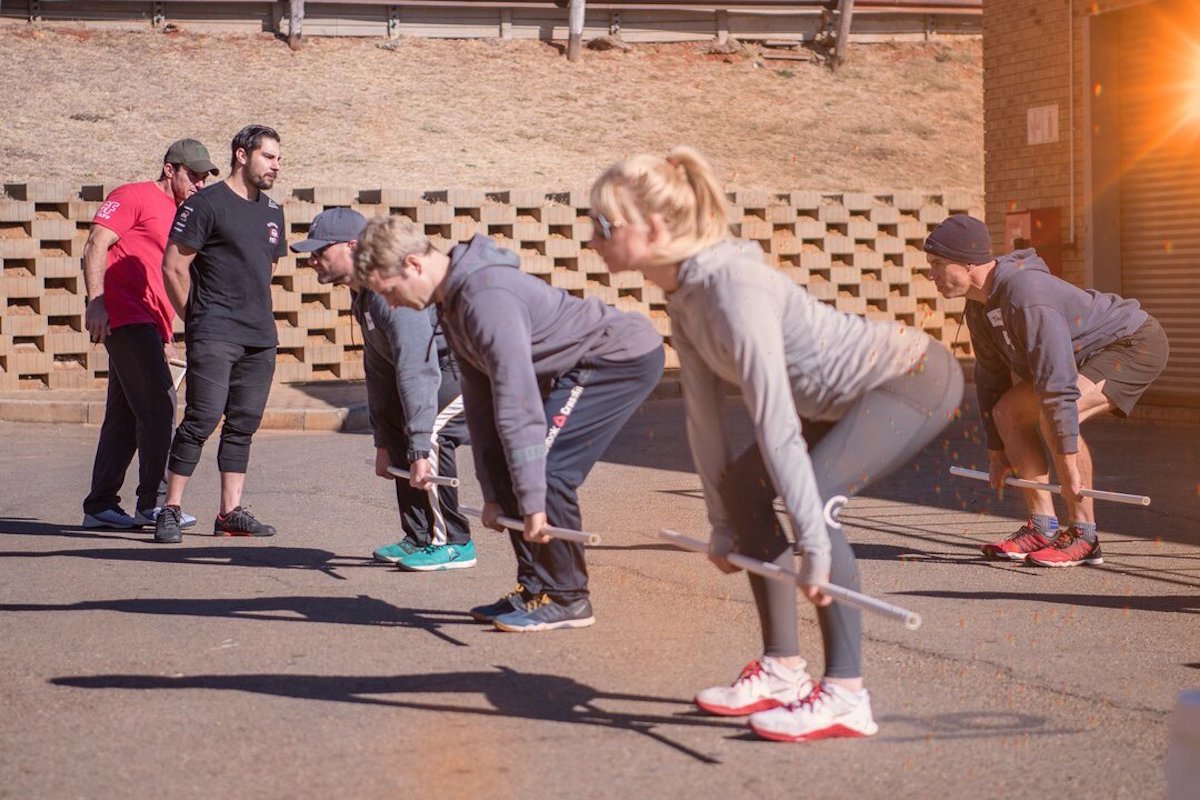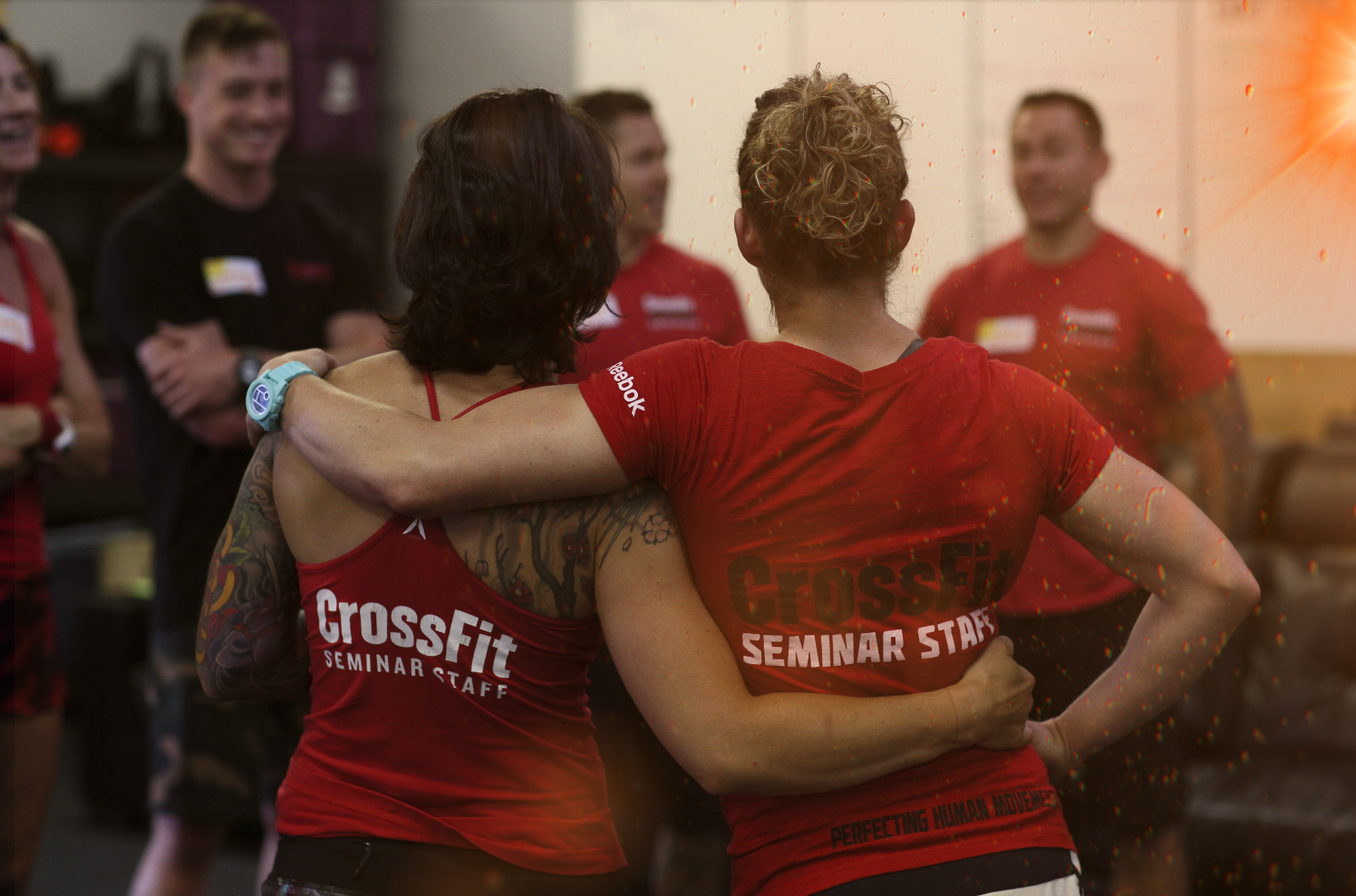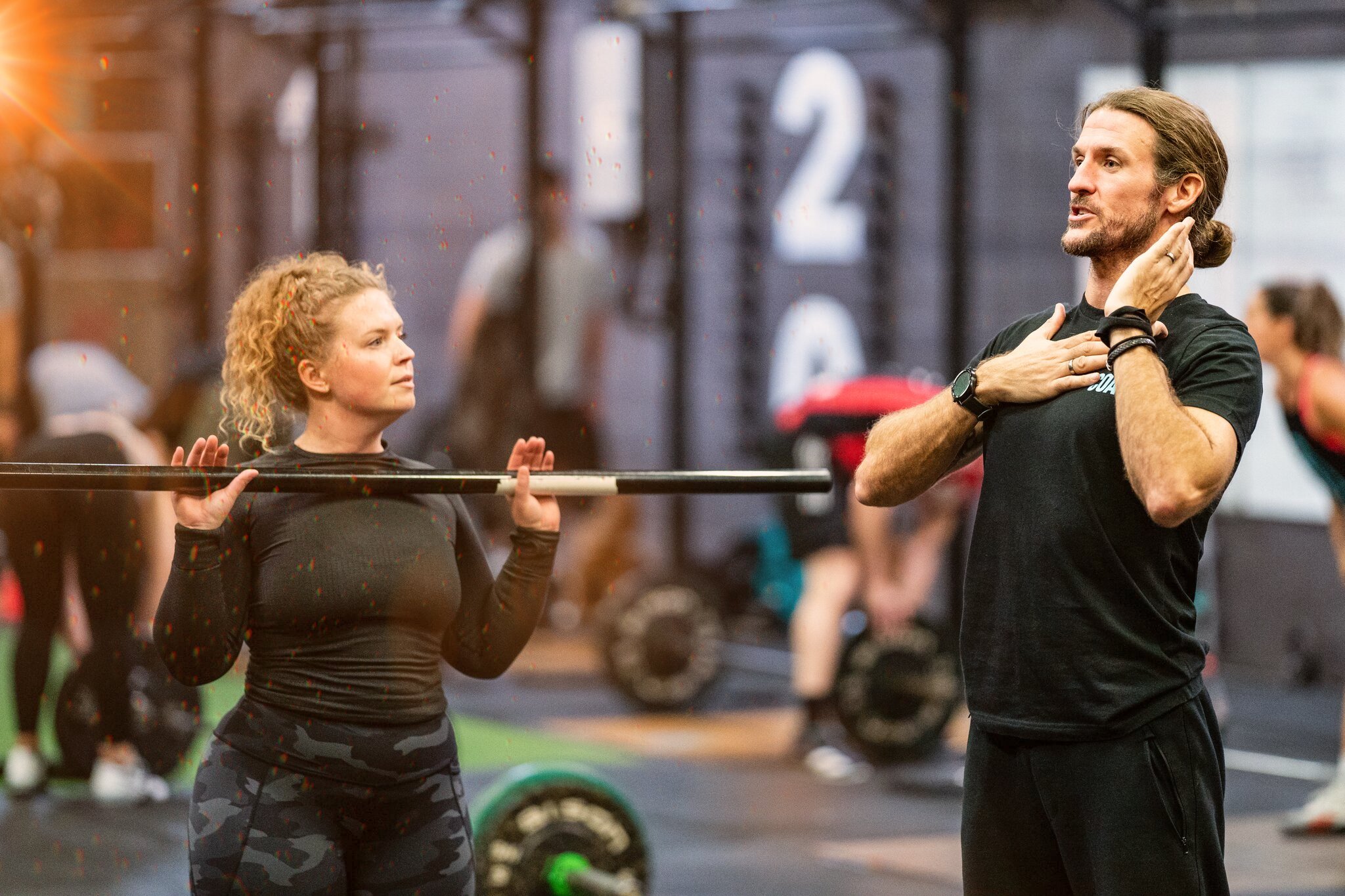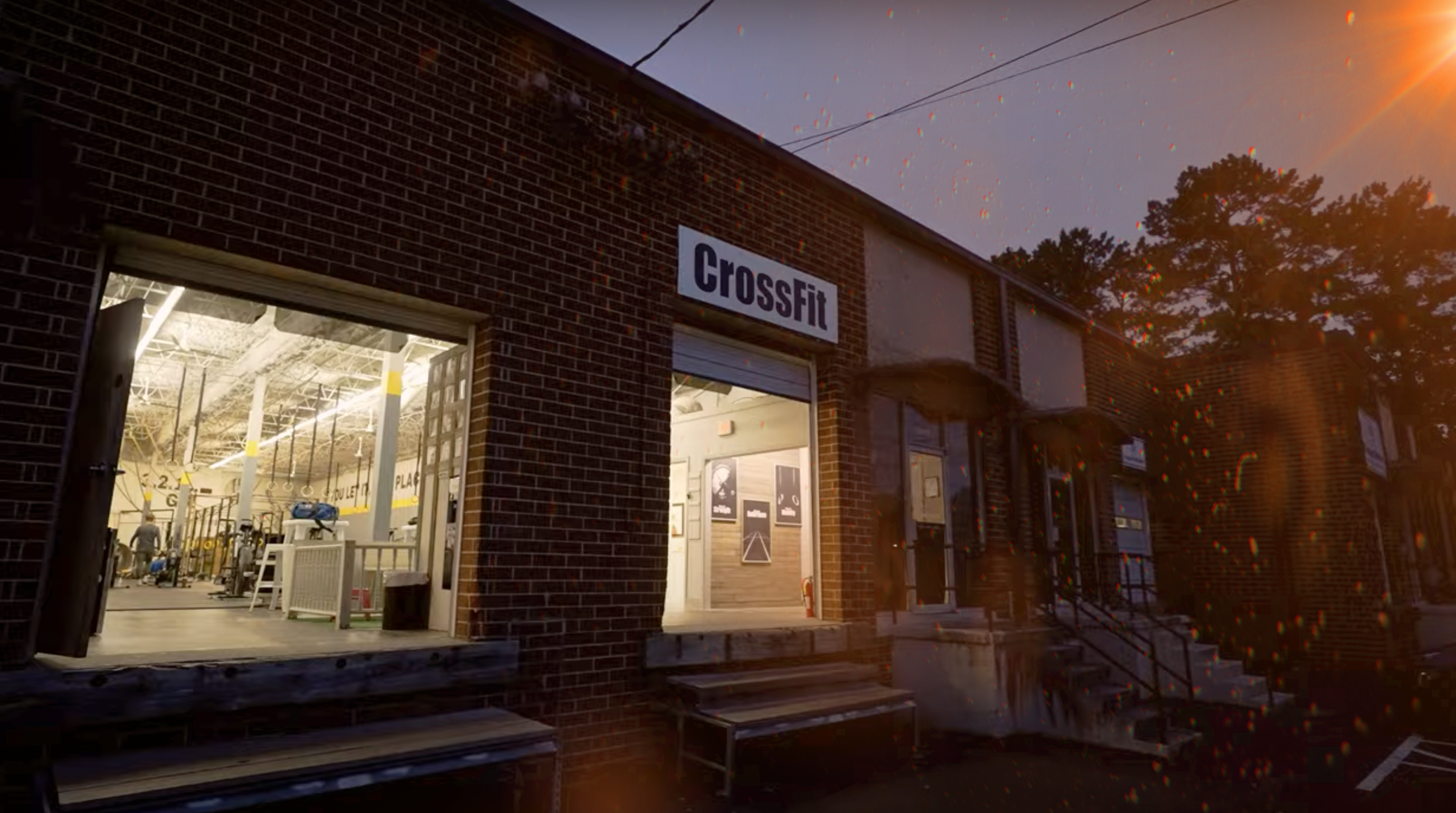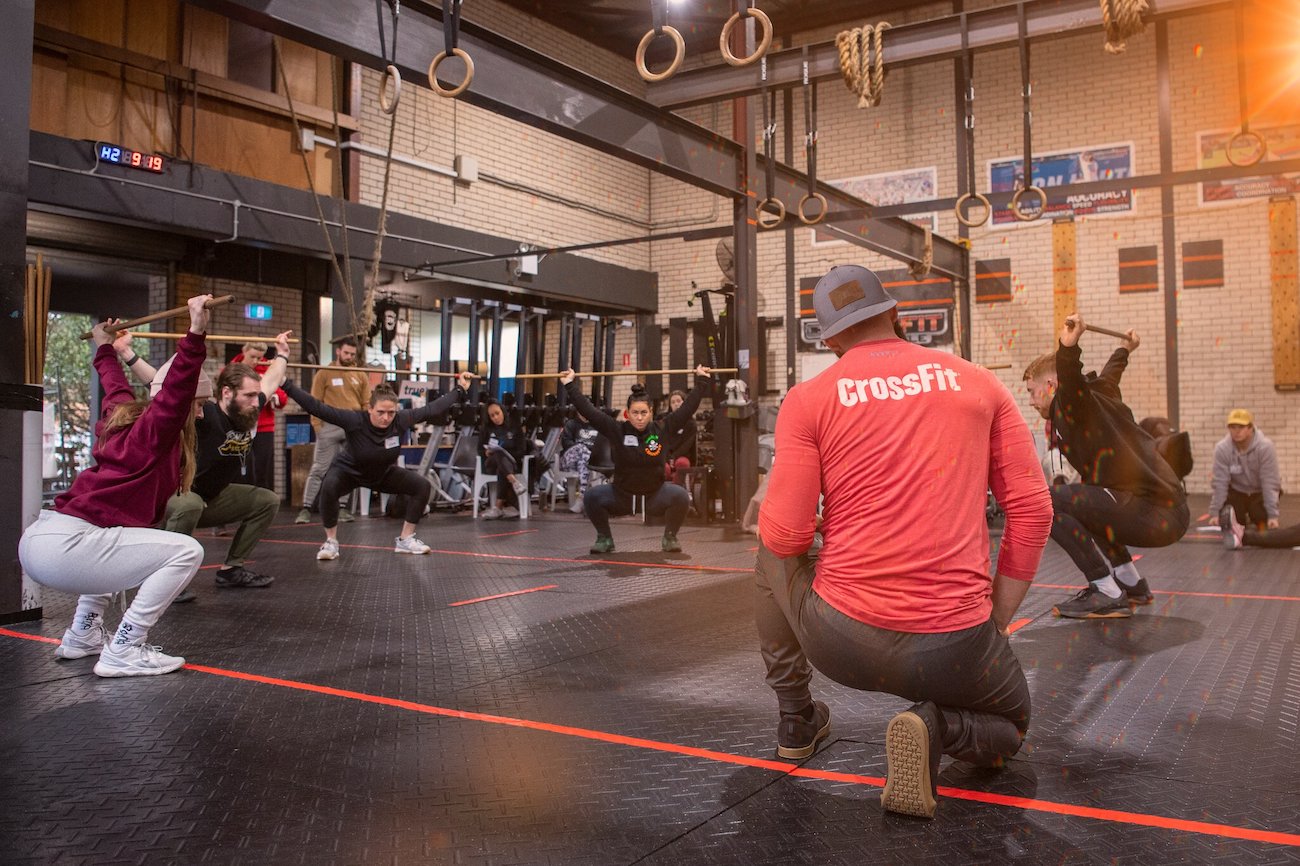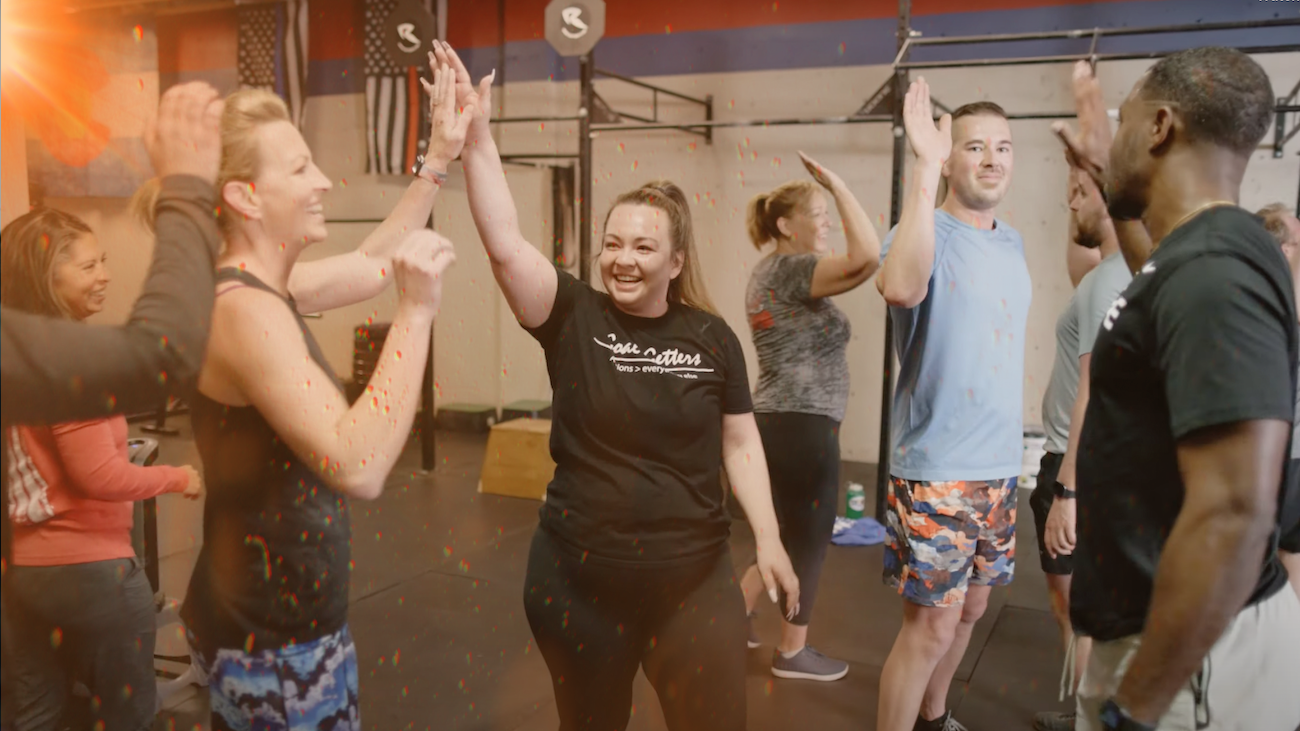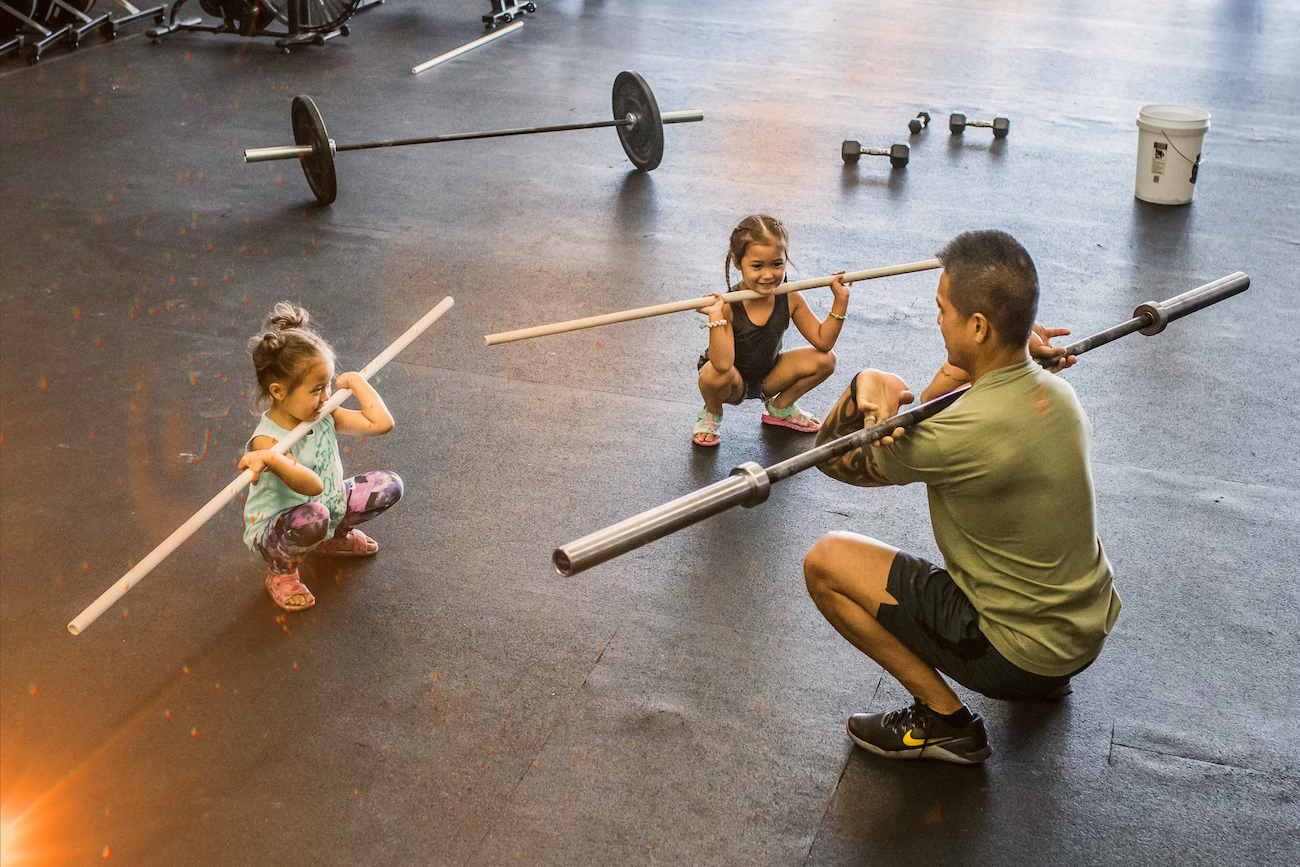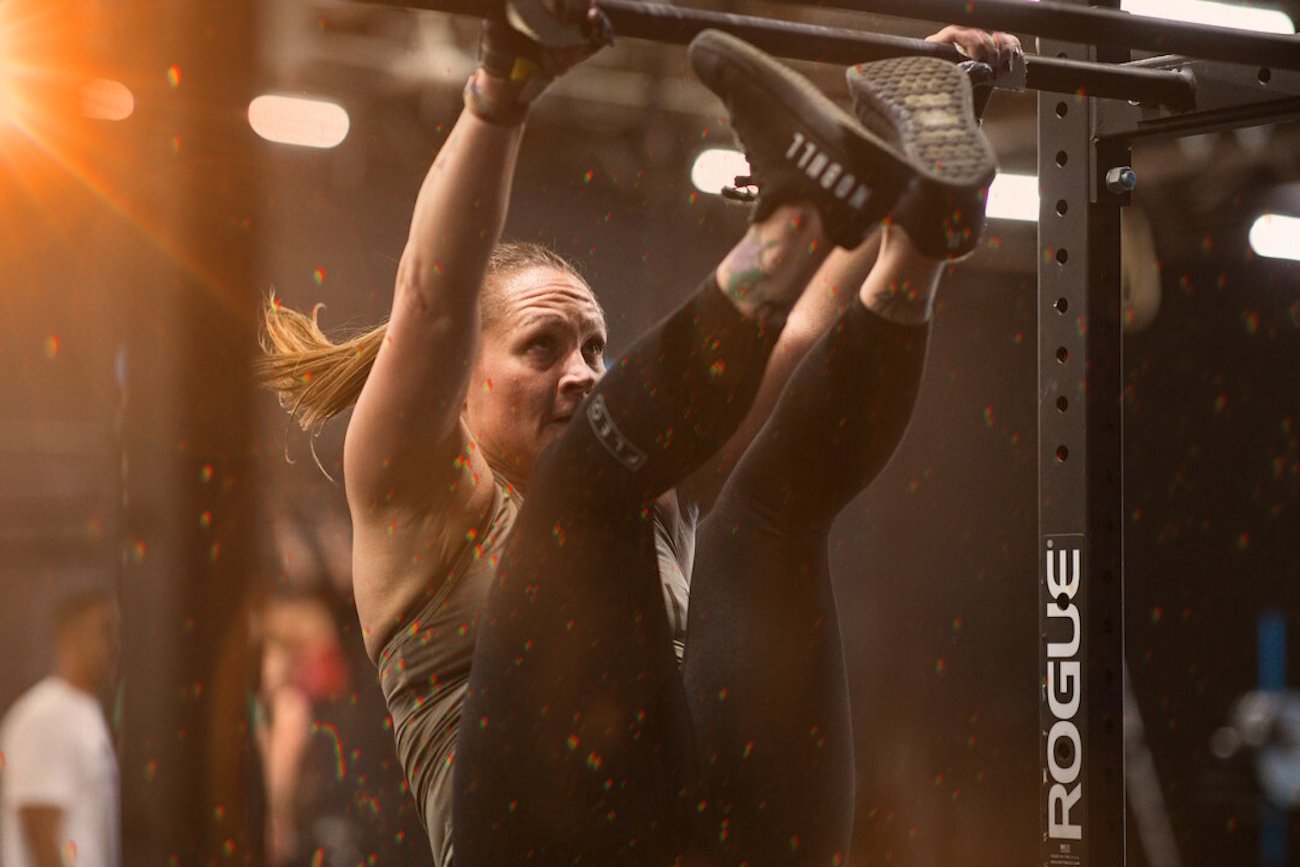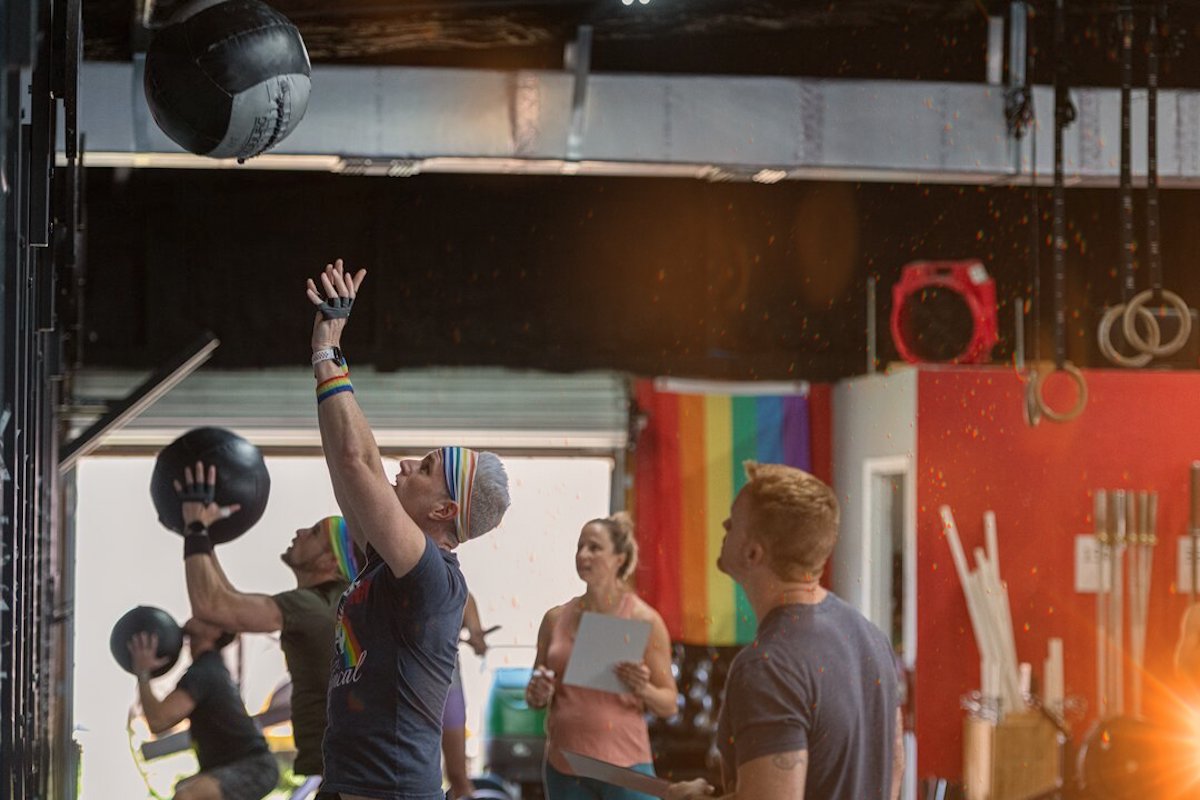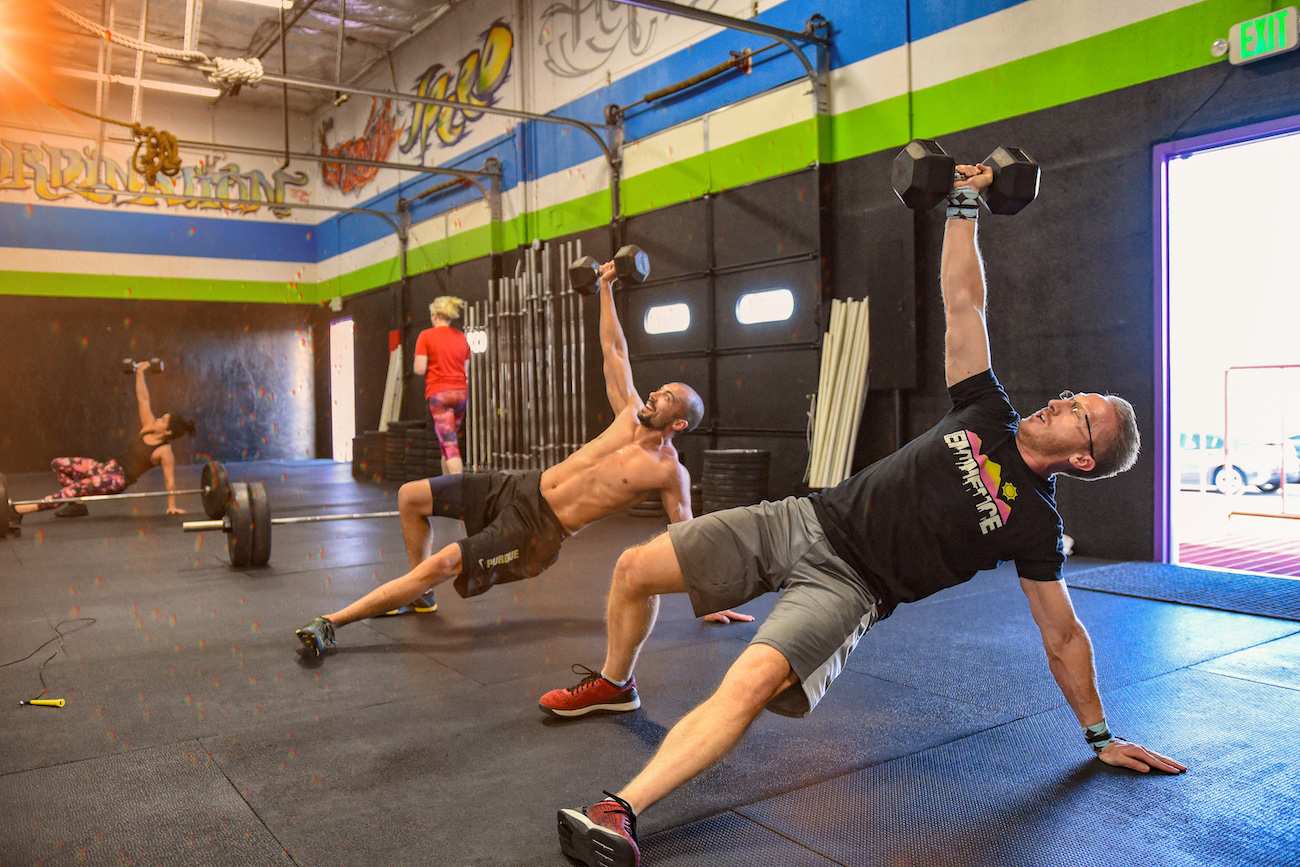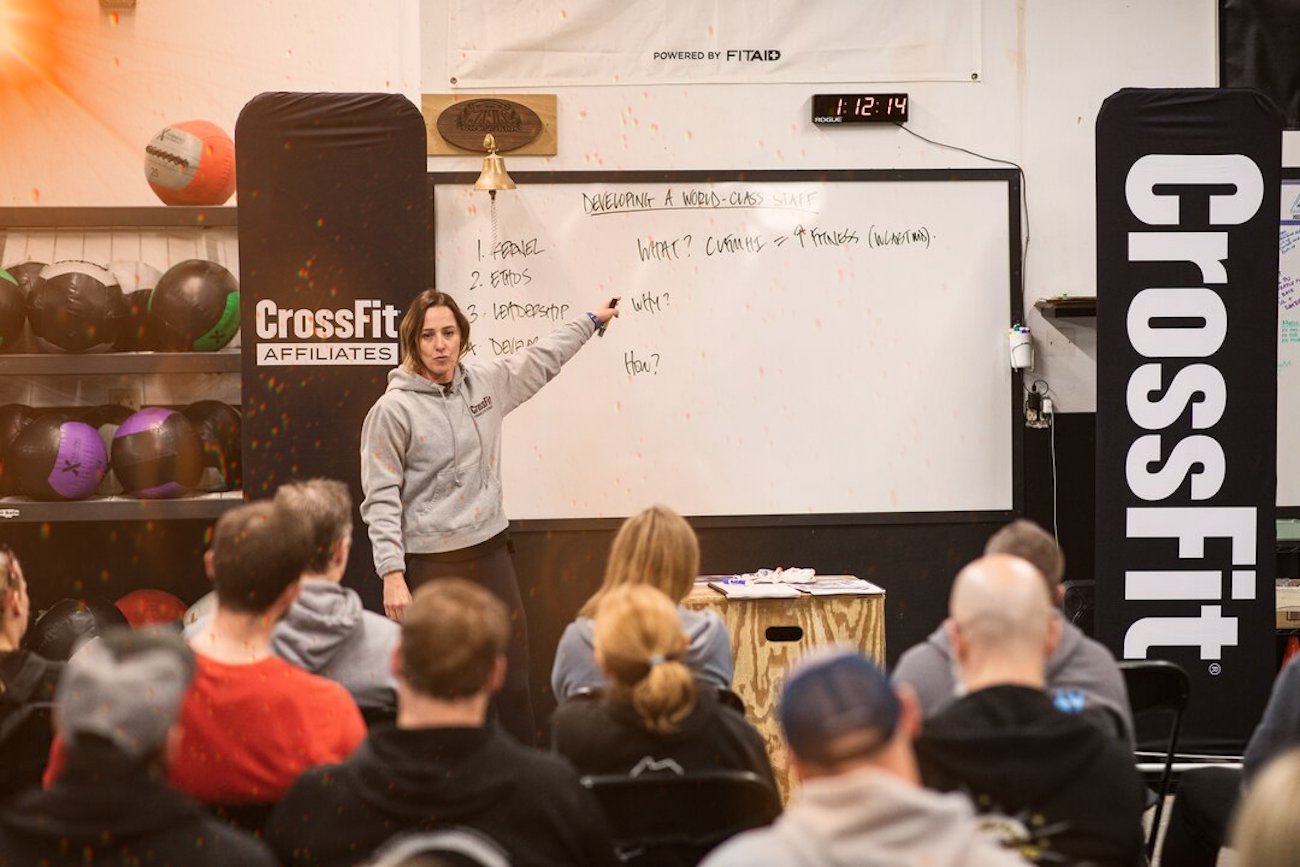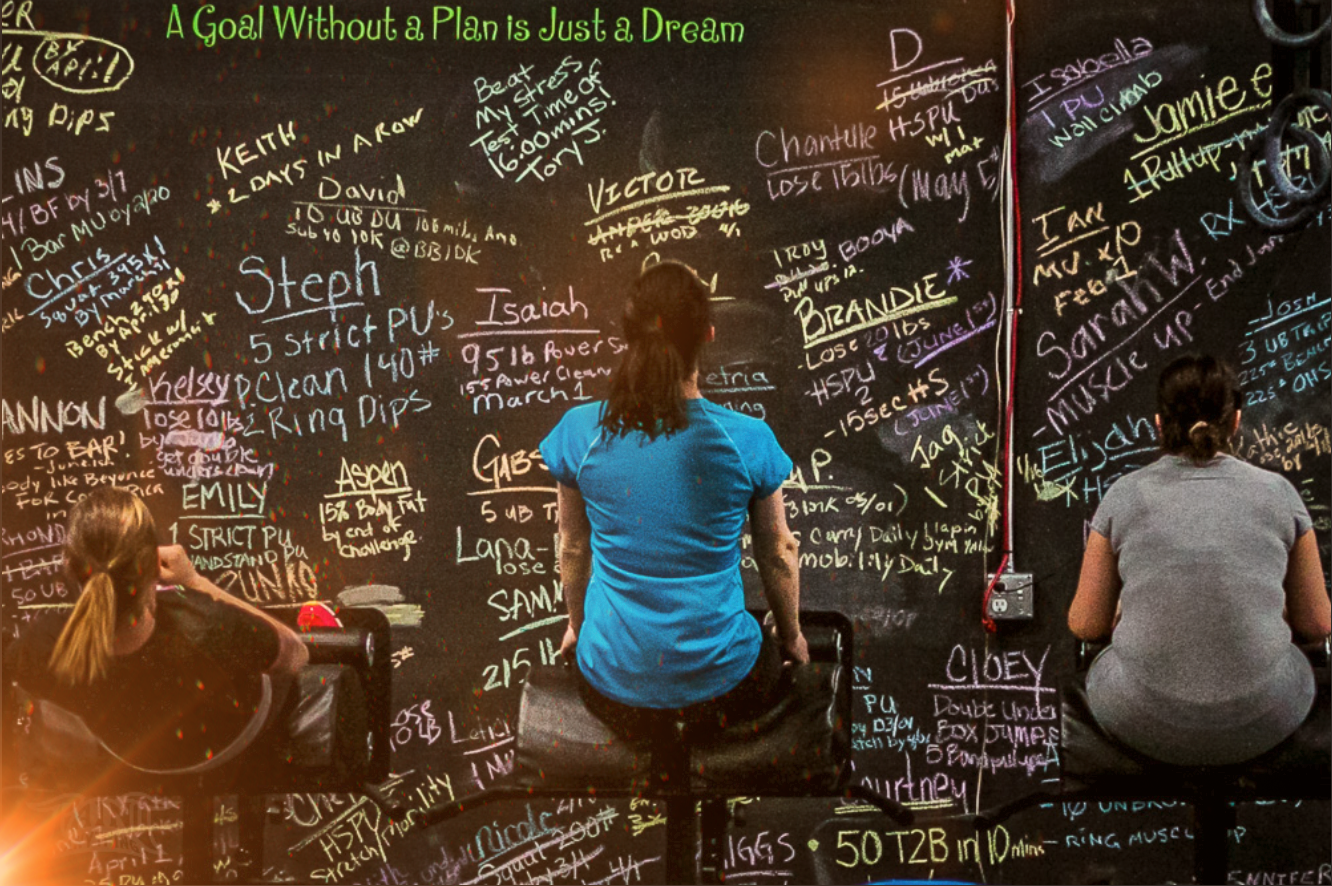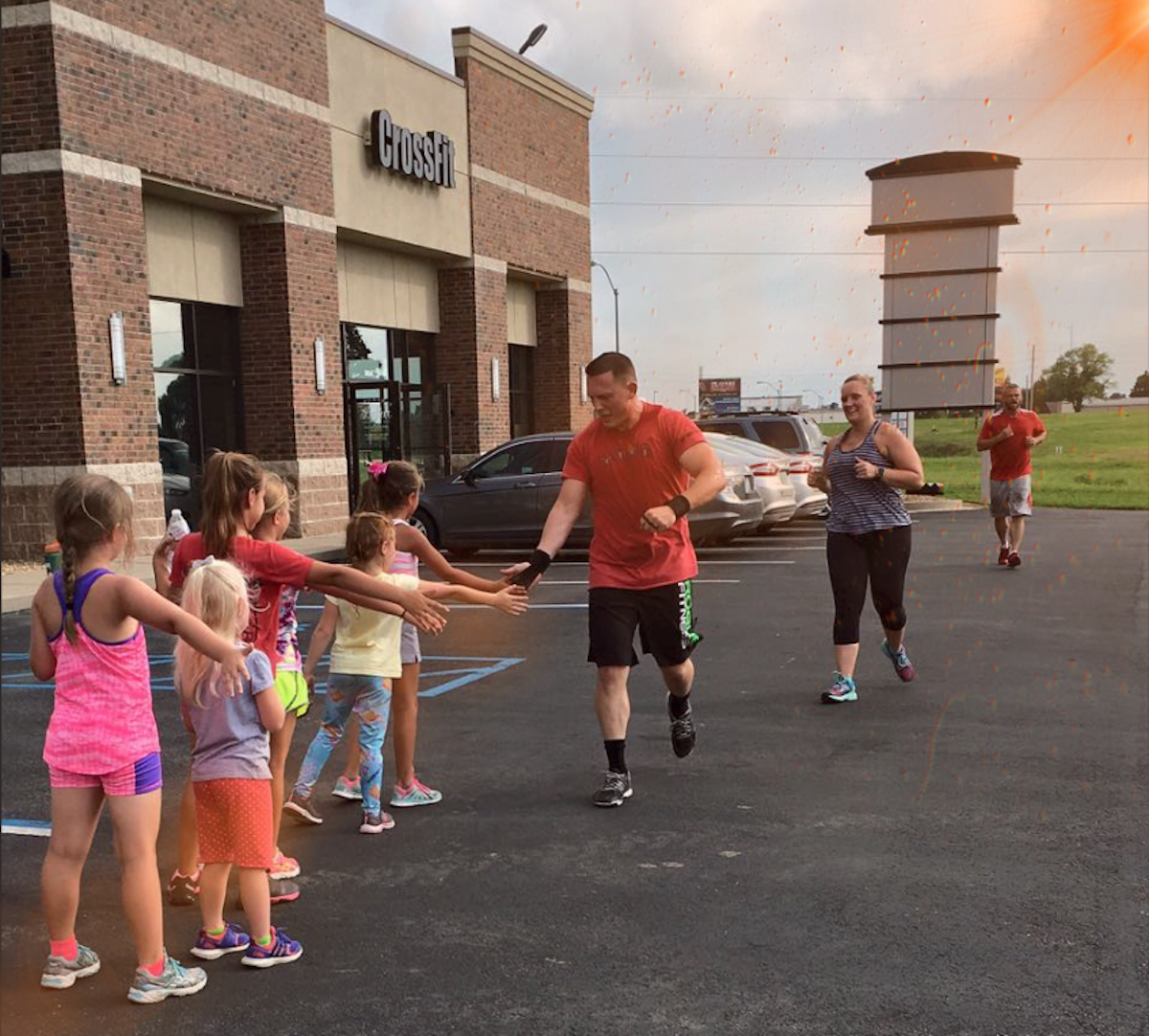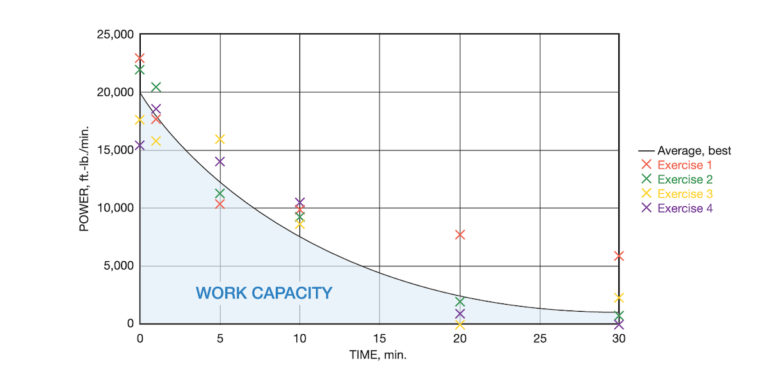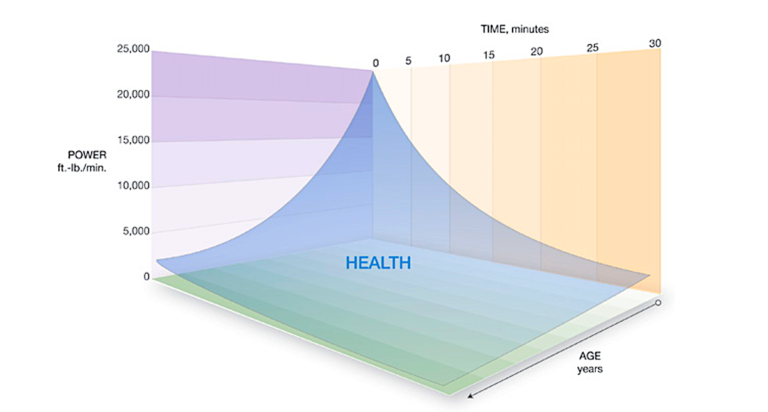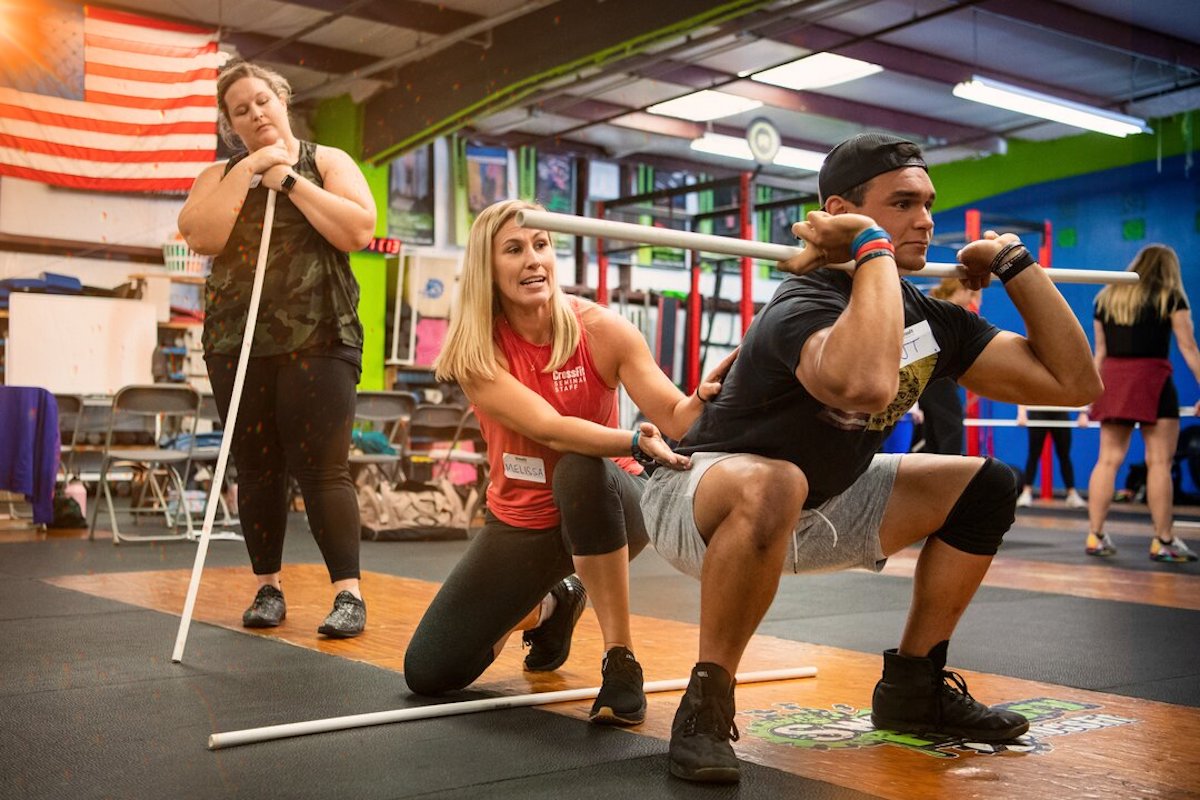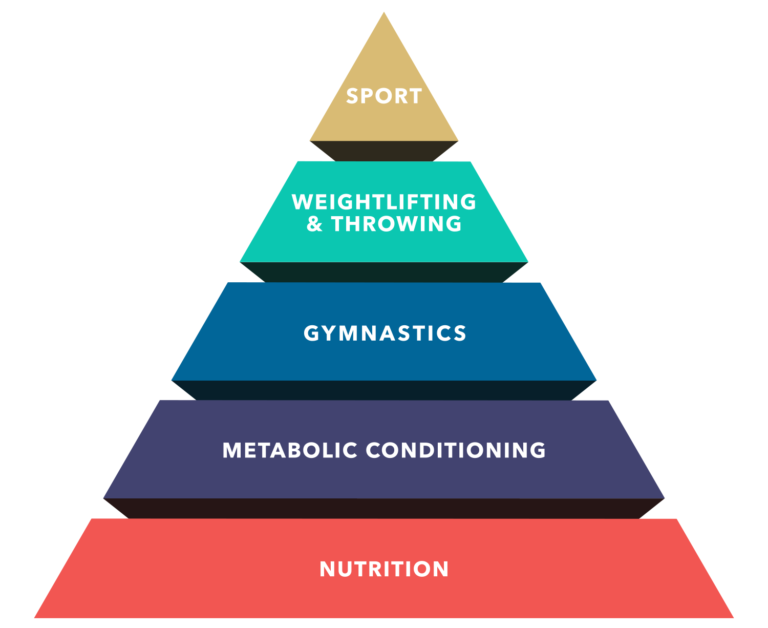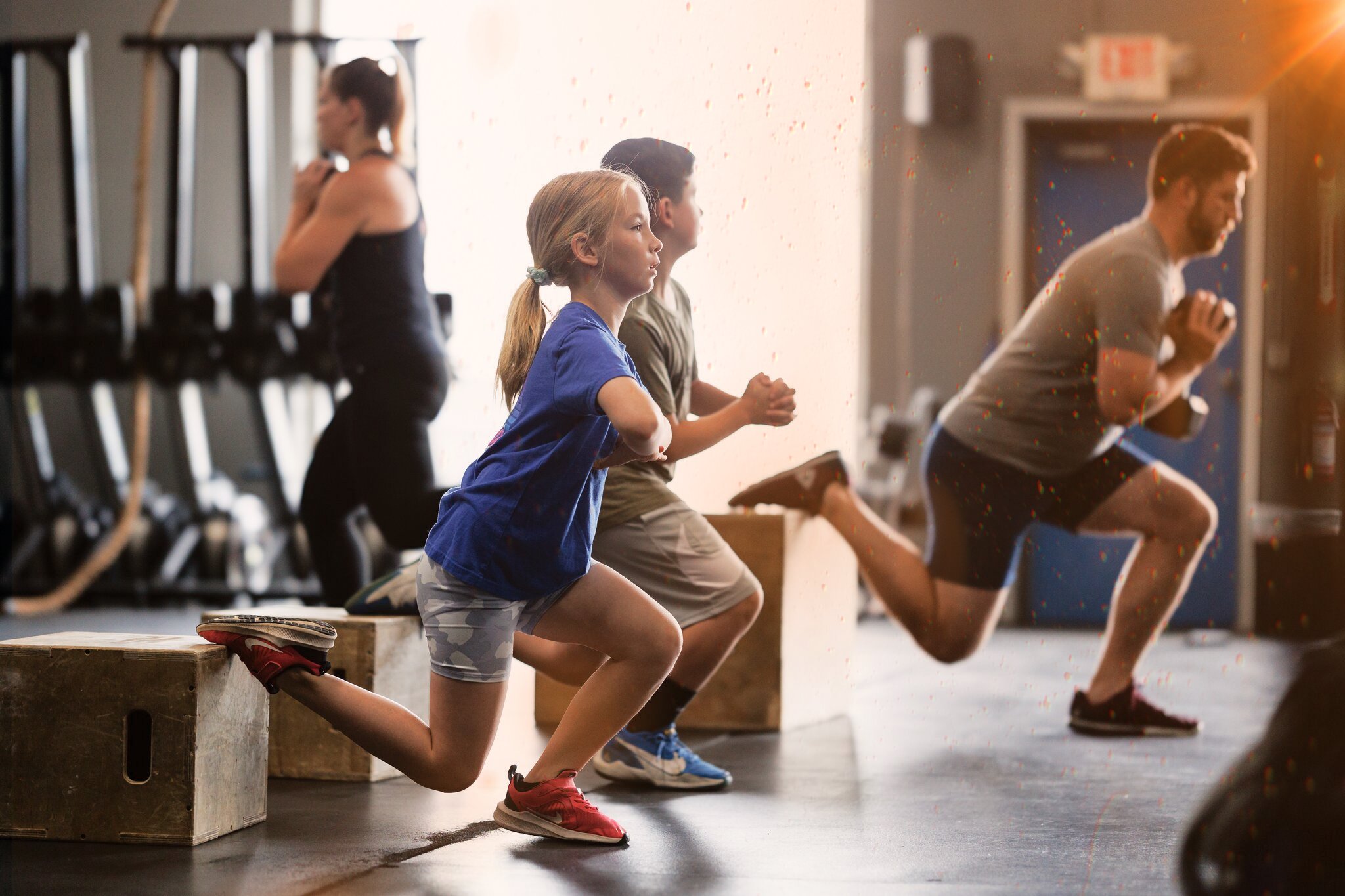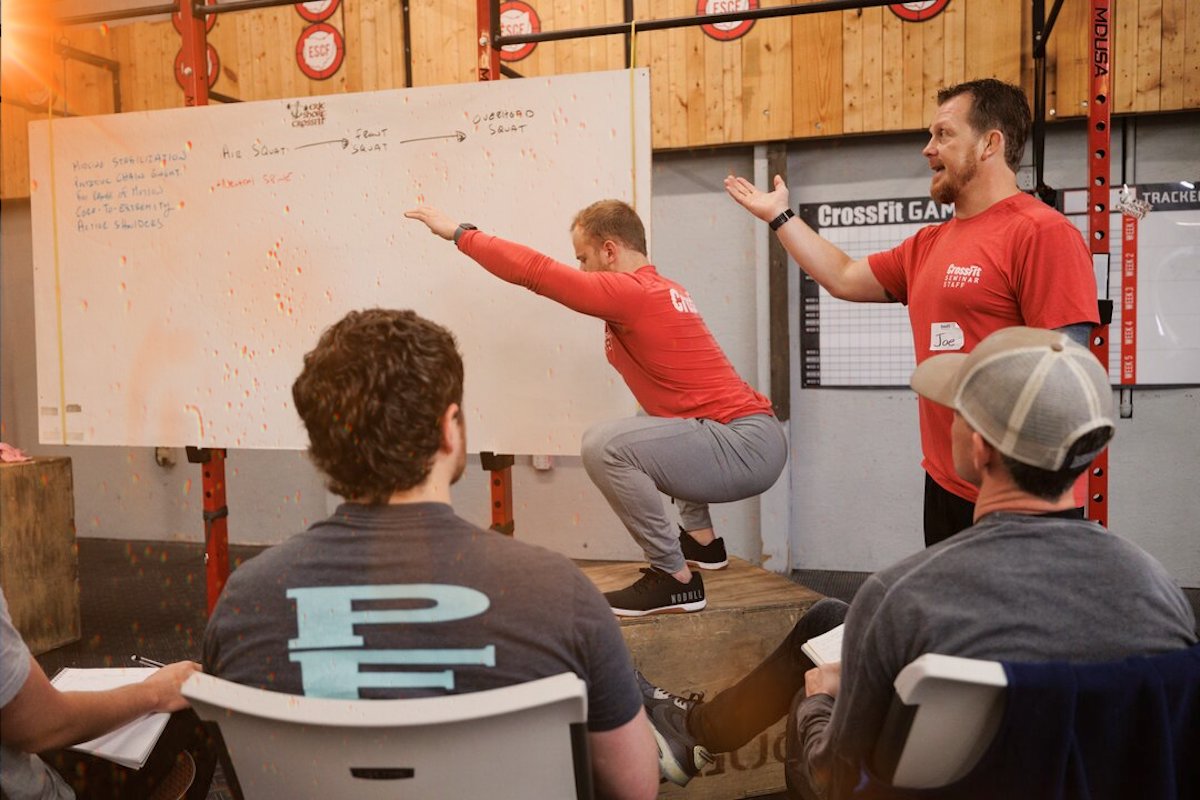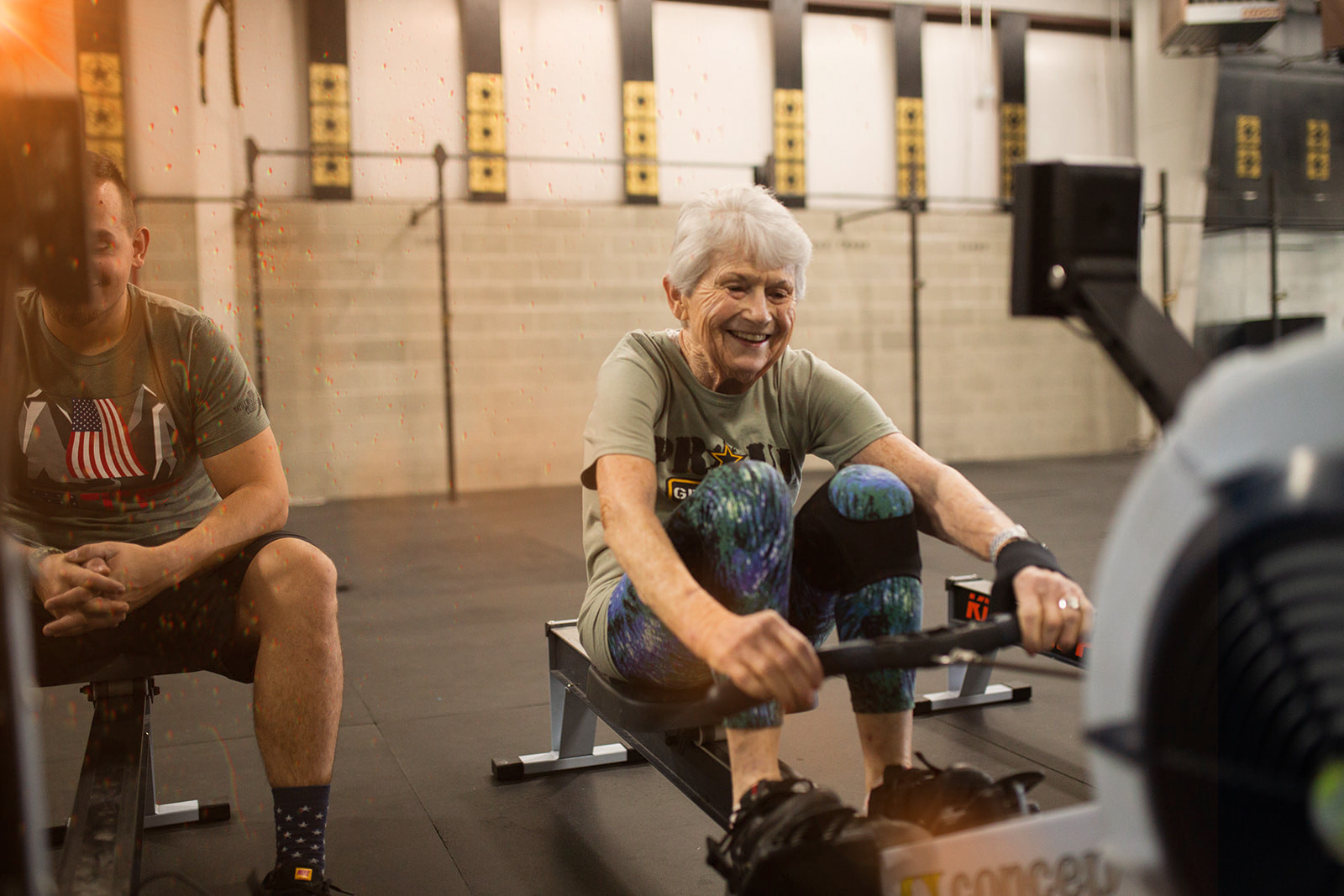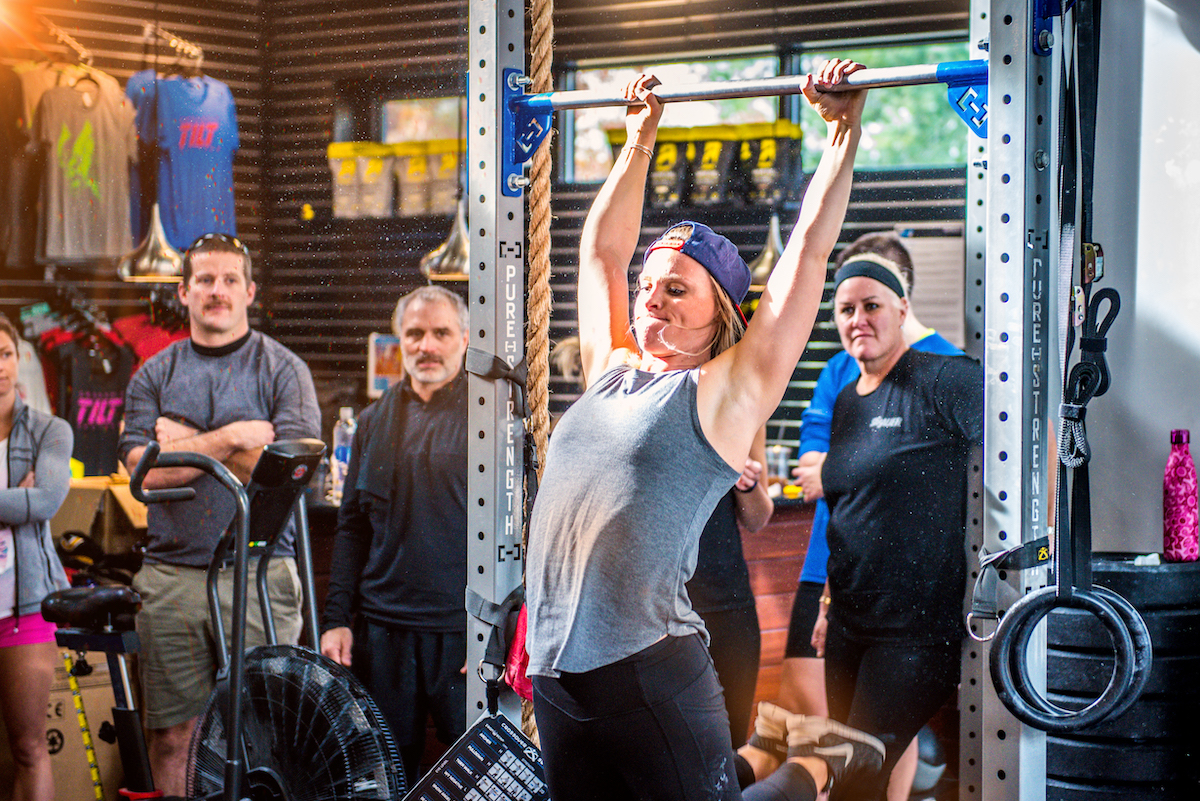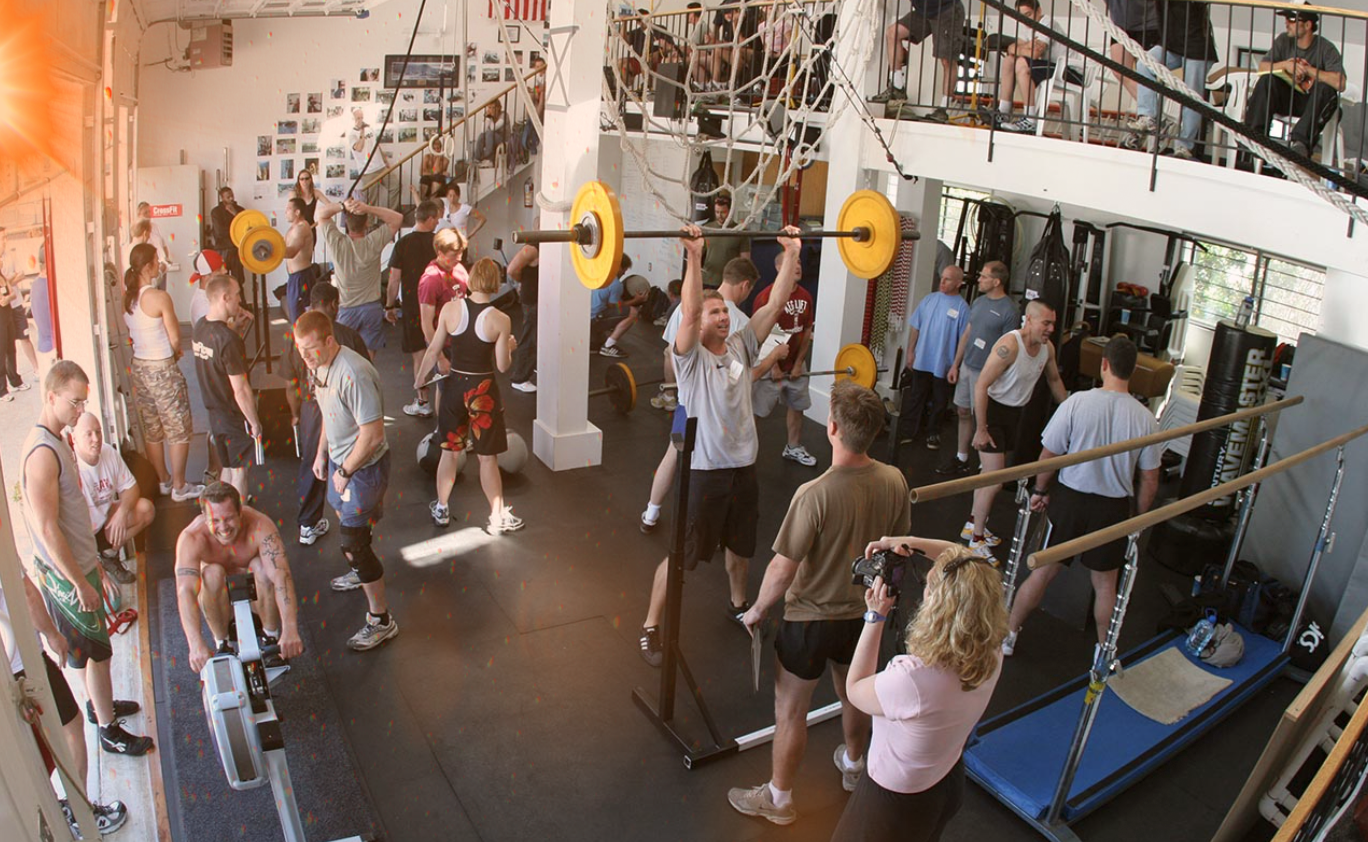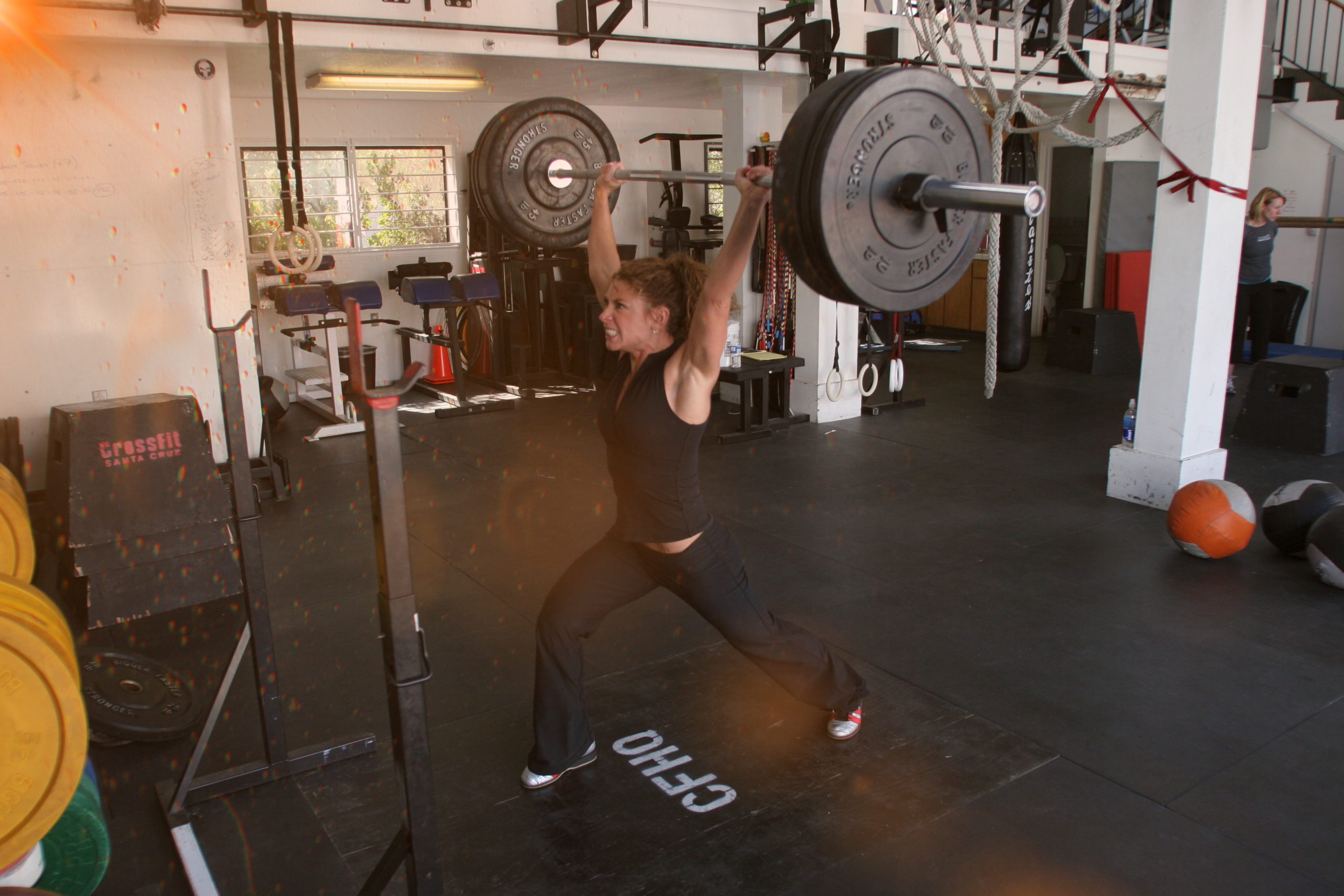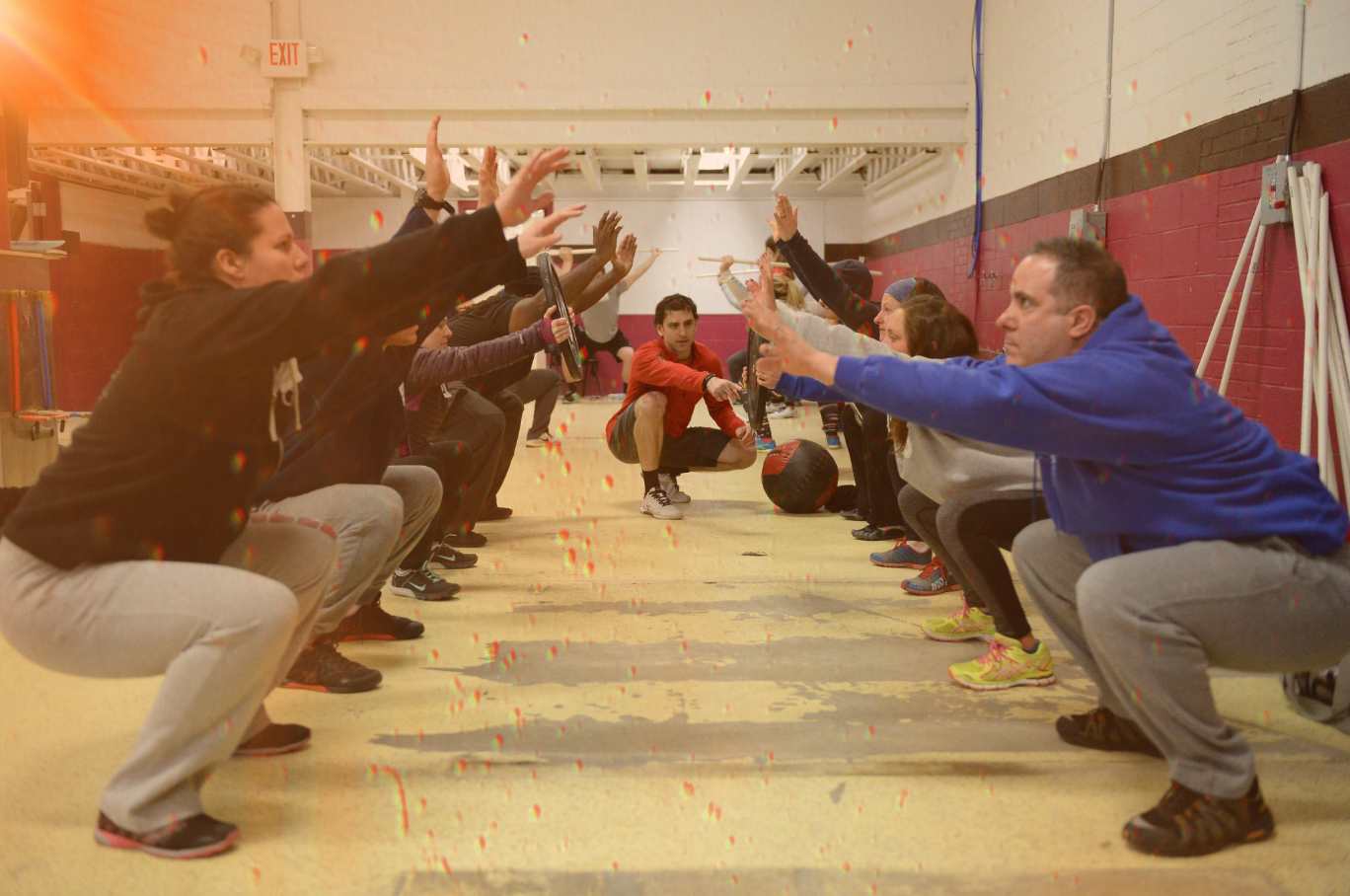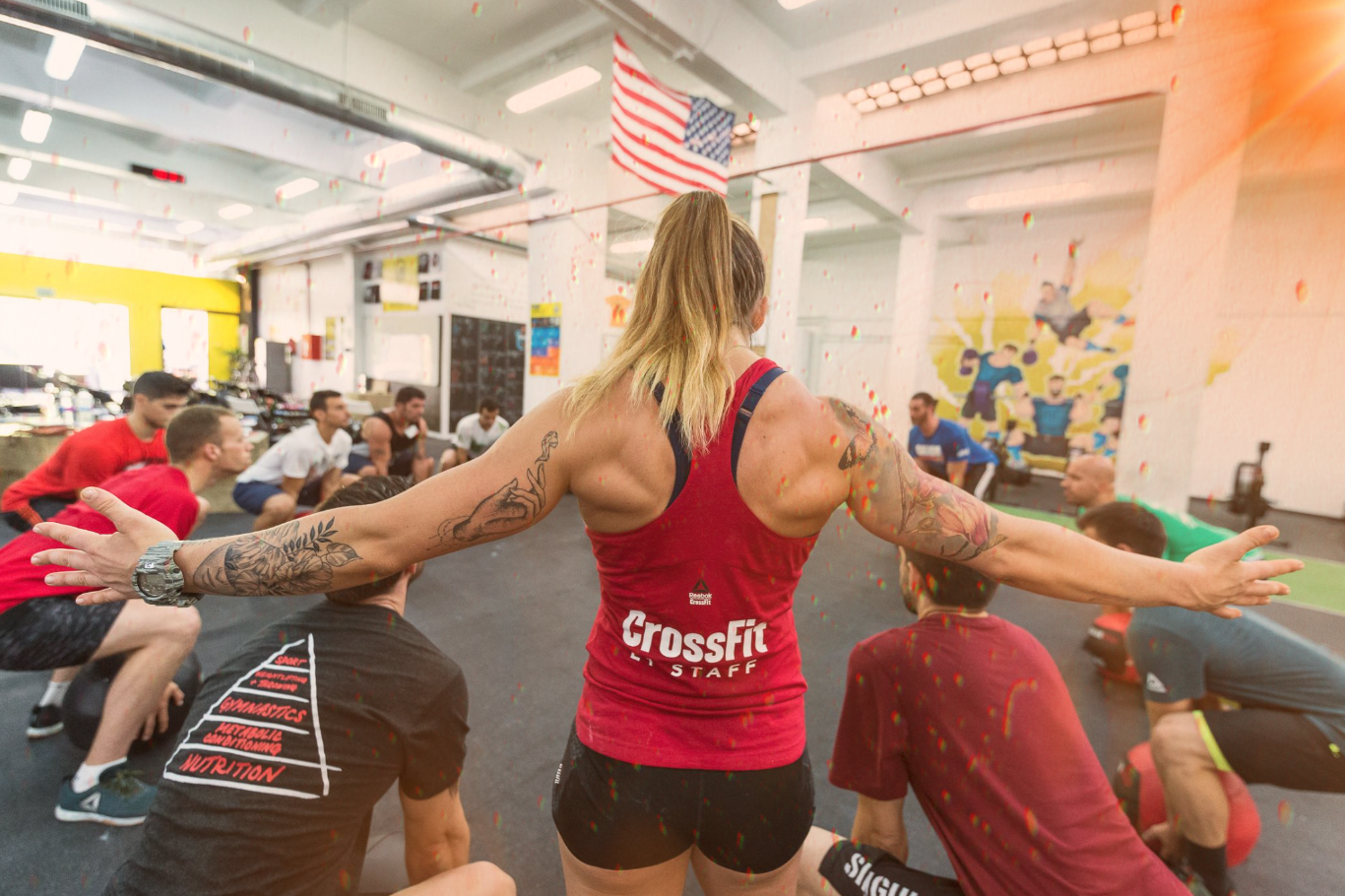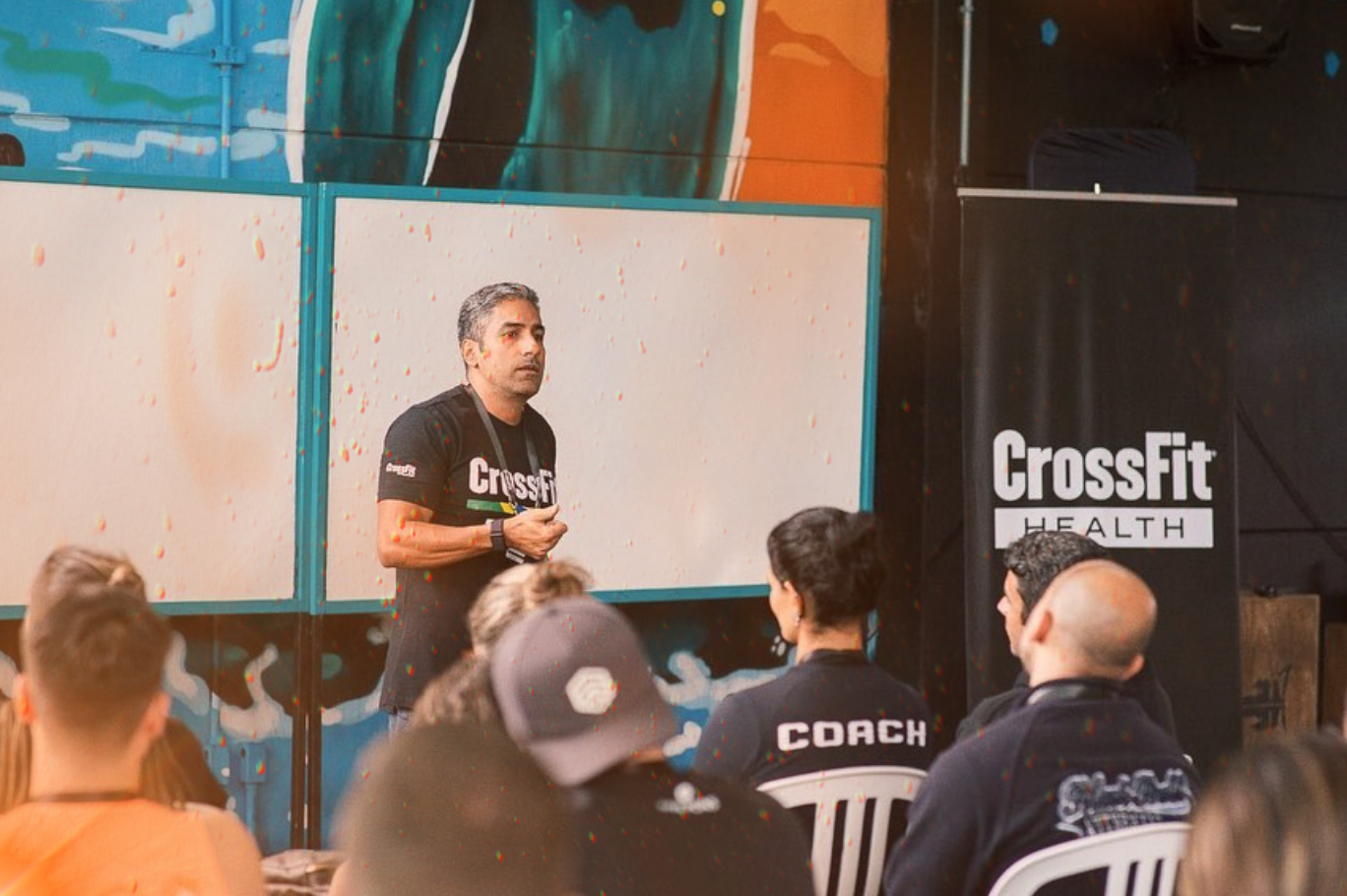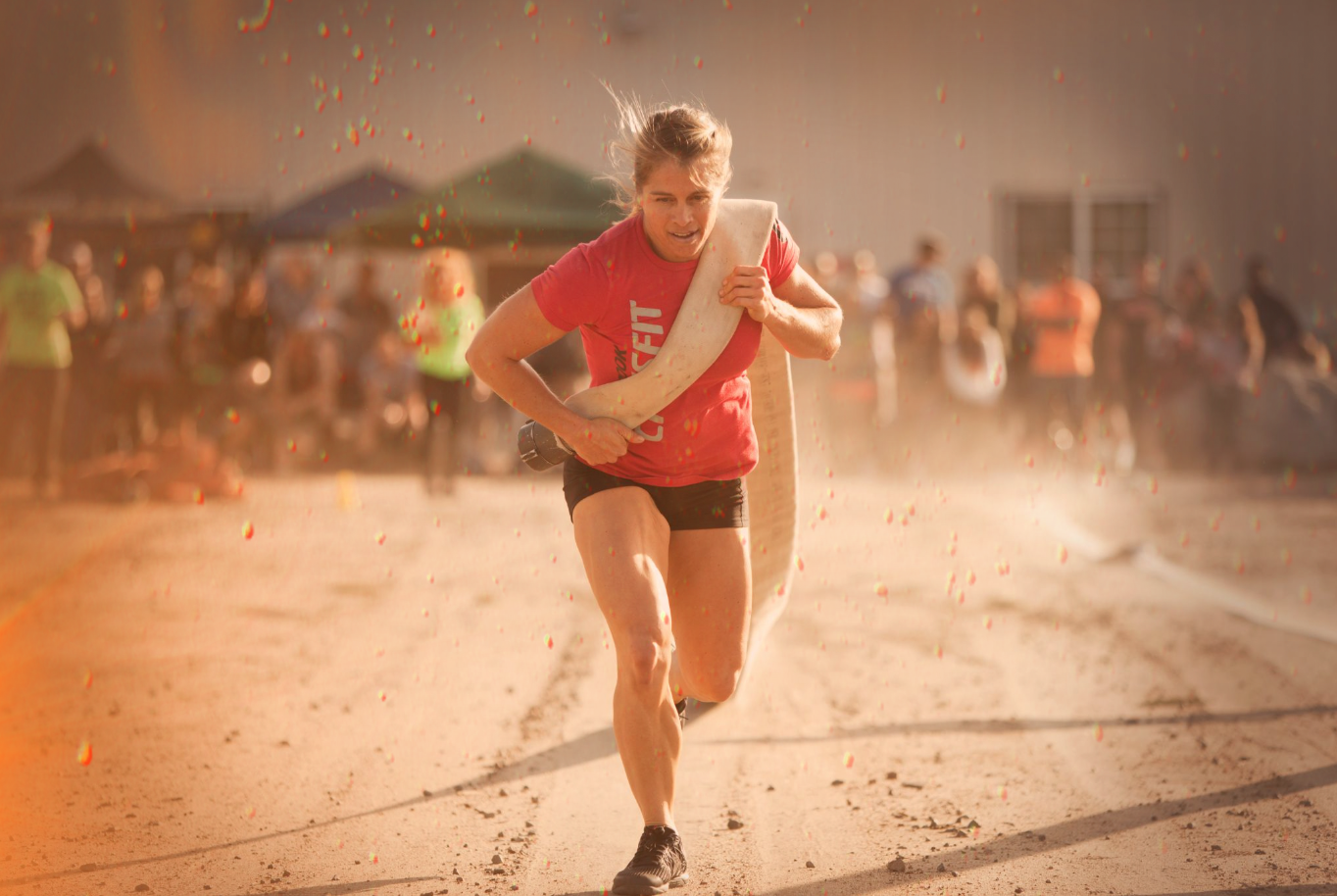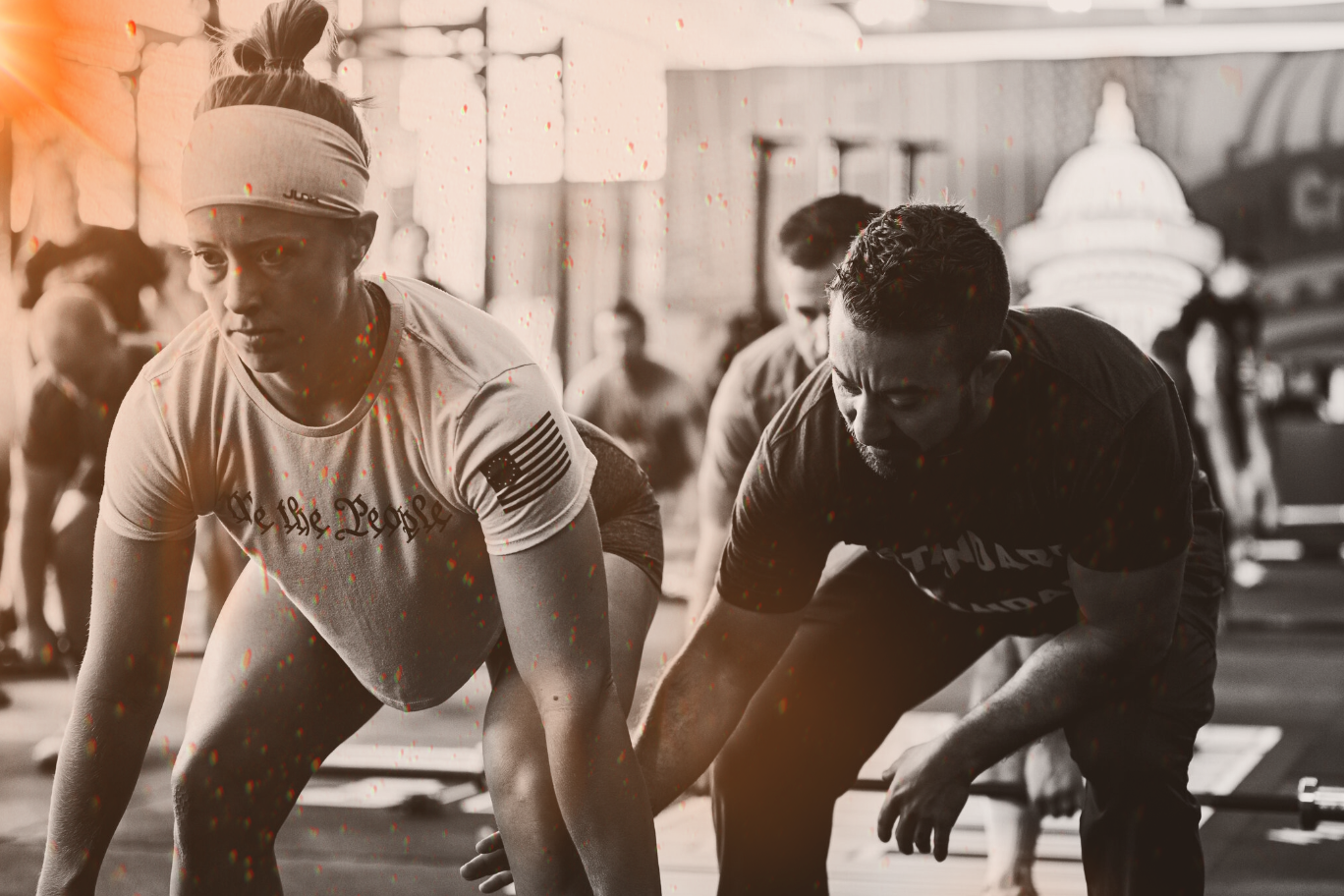As I sat down with my journal to get my thoughts together on the 2023 Chesapeake Bay Swim, I started reliving the experience and realized that every phase of the event was characterized by a pretty strong emotional state. In the almost 4 hours I spent in the Bay, I think I experienced the full range of human emotions, some of which were hard to deal with as an adult male of the human species (we’re generally not that great at acknowledging the fact that we have feelings…) Some of them are always difficult to deal with, like fear and shame, but luckily they were balanced with some amazing feelings of joy and peace. These all were brought on by forcibly being “in the moment” – I didn’t really have another choice! – and how flimsy the line between success and failure can feel when you take on a challenge that is way out of your comfort zone.
To make a long story short, I finished the 4.4 mile swim, accomplishing the major physical goal I had set out for myself this year. But it was a struggle, and there were absolutely times that I resigned myself to understanding that it wasn’t going to happen, including all the way up to the 4-mile mark of the race. But I was able to push through pain and exhaustion to cross the finish line, and for that I am very proud of myself. I hope that what you’ll take from this account though is not me bragging about how awesome I am for finishing an event (that 400 other people also finished, the majority of them faster than me), but rather a bit more of a raw look at how negativity almost derailed my performance and some strategies I used to get myself back on track.
The Start
“I’m an idiot.” “This is going to be freaking horrible.” These were just a couple of the thoughts that were consistently spinning through my head, even as I stood on the beach before the race trying to focus on slowing down my breath, and not look like I was freaking out. In speaking with my friends and family in the days leading up to the race and letting people in on the fact that I was pretty nervous, every single person reminded me that I had trained hard for this and I had completed long endurance events before. I would respond with, “you’re right,” and nod, but privately the nervousness never dissipated, it just grew until the night before the race I couldn’t sleep at all. When I got out of bed on Sunday morning at 5am, at least I knew that race day was here, there was no more waiting – that made it a little bit better. But still bad.
As I looked around the beach at the other swimmers, I was reminded that there were several people here who had already completed this swim several times over the years, and some of them looked to be in their 60’s. “If they can do it, I can do it” was my positive mantra to combat the negative thoughts. But then, I would think, what if they finish and I don’t? Doesn’t that just make it worse?
Finally it was time to enter the water, and I got in about midway through the pack. Still feeling overly unconfident, I dove in and started to stroke toward the buoys that marked the turn to get under the north span of the Bay Bridge.
The First Leg – 400M from Sandy Point State Park to the Bay Bridge
The morning of the race, as Denee dropped me off she reminded me to swim my own race. When I swam the 1-mile event last year, I immediately tried to stay with swimmers that were faster than me, maybe because I thought they knew what they were doing more than I did, or I didn’t want to fall back right away. The result of that was that I got really gassed right off the bat and ended up having to slow way down and catch my breath about a quarter mile in. So to prevent that happening today, Denee coached me to forget about everyone else and just begin at a comfortable pace that I could maintain for a longer time, which was perfect advice. And I thought I was doing that – I definitely wasn’t swimming very fast – but my high heart rate from my pre-race beach terror carried into the beginning of the swim, and I couldn’t figure out how to breathe. Those of you that have swam triathlons or other open-water events know that in the beginning you’re also running into everyone else, resulting in kicks and claws to your face, legs, and back. It’s all very disorienting, and that added to my stress. I also learned that I am the most polite swimmer in the world, or maybe everyone else that swims these events is an asshole. Every time I would run into someone or they would hit me from behind, I would stop and pick up my head and apologize. I don’t think anyone heard me though, because everyone else just kept swimming. I guess I understand because you don’t want to get out of your rhythm, but at the time I was kind of insulted!
Before the race started, one of my main mental strategies to employ was to always have my next micro-goal in mind that I was shooting for. I knew that the initial distance from the beach to the bridge was about 400M, a tiny fraction of the whole race, but after that we would start swimming between the two bridge spans and the crowding would settle down a bit. I reminded myself that if I could just get to the bridge, things would start to get better, but I had spent so much physical energy on this first leg that I started to really question my preparation and started to imagine failing. Shame and disappointment welled up inside me as I thought about how I would tell all those people that knew I was doing this and would be asking me about it in just a few hours.
How did you do? I failed. Why? I think I just mentally quit.
As I played that scenario out in my head, I knew that there was no way I was going to let that happen. All the people that I had told about my training plan, that this was a big personal goal for me – I wouldn’t be able to look them in the eye if I didn’t either finish the race, or be pulled for an admin reason like I was going too slow (there were cutoff times for every mile marker) or I had swam off-course (you can’t go outside the bridges again until the very end). This became my “why” – I needed those conversations at the end with you all to be celebrations of my effort, not dissections of where I became mentally weak. As I made the turn under the bridge and started to head east toward Kent Island, I knew that there were three options available to me at all times: hold my hands up and tell a boater that I was quitting, swim, or don’t swim and see what happens. I’m pretty sure if you don’t swim in deep water that’s called drowning. I wasn’t going to quit, and I didn’t want to drown, so I swam.
Under the Bridge – the curve left and straightaway to the north span suspension bridge
Don’t worry, this will be a short one. I started to feel great. As I started to swim the big lefthand curve of the bridge, going from southeast to east, the sun came out and the water was relatively calm. There was a little surface current pushing me north because of about 10 knots of wind, but nothing too big and I just tried to stay in the middle between the two spans. As I breathed to one side, I would make sure the bridge was still relatively the same distance away as my last breath, and I didn’t have to “sight” very much, or look ahead. Every couple minutes I would sight just to make sure I wasn’t going to run into anything, but it was pretty open! I felt confident in my pace, my breathing was very manageable. I was comfortable. I was even having fun! I started to visualize the finish, now 100% certain that I would complete the event. I imagined myself clumsily getting out of the water as everyone cheered and the race director called out my name.
Where is the second mile marker? Oh yeah, it’s the huge concrete structure that supports the beginning of the suspension bridge on the north span. It’s just up ahead!
Mile 3
Can there be a false summit in swimming? I thought I had heard the race director say in the pre-race brief that Mile Marker 3 was the second huge concrete structure at the end of the suspension bridge. It seemed pretty close, but hey, maybe I’m just crushing it! I wasn’t wearing a watch and really had no sense at all of how long I had been swimming. But when I swam past that structure I was wrong. I looked up and there was SOOO much more water left to cross. OK, if that wasn’t it maybe it’s within sight? At that point though, probably 2.5 miles into the swim, I started noticing a much more significant southern swell starting to pick up as I was now in some much deeper water. It wasn’t pushing me out of the course as much as it was making it a lot harder to breathe with my normal timing without getting slammed in the face by a wave. I slowed my pace down a bit more, and alternated between breathing on my left side which would tend to also pull me to the left, closer to out-of-bounds, and breathing on my right but trying to time my strokes and breathing to be on top of a wave.
I was definitely alone at this point, and figured I was at the back of the pack. I was absolutely not going to stop of my own accord, but started to feel that doubt creep in again – under these tougher conditions am I going to make this next 45-minute cutoff time? I reminded myself of my “why” – too many people are rooting for me right now – and Mile Marker 3 began to loom in the distance. Just have to get there in time. As the conditions got worse, I knew every stroke was getting me a little closer. Just swim.
The Longest Mile – to Mile Marker 4
I got to Mile Marker 3 and no one pulled me out of the water so I was elated! 1.4 miles to go, easy day! I had now done twice that already, and although the chop was hard to deal with, it wasn’t going to stop me. What made this mile different and I think a lot longer was that I started to experience a lot of pain in my shoulders from all the pulling, and in my hips and knees from kicking. Basically, all my joints hurt. I hadn’t seen that coming, but it makes sense because I had never swam more than 3 miles at one time, and those were easy pool miles. My confidence was still high though until two different kayakers checked on me, paddling up to ask, “Are you OK?” As some of you know (Robie!), that’s not a question you want to be asked when you’re swimming, because it means it looks like you are struggling. I think I had unknowingly dropped my pace even more, and it must have looked like I was busting my ass in the water but not really going anywhere. I took this as a coaching cue to try to look better in the water, and started lengthening my stroke, trying to streamline my body for more efficiency. I felt my pace coming back up a little bit – the pilings to my side were moving a little faster, and my kayaker friends faded away for now.
The tidal current picked up a lot during this mile as well, and was more actively pushing me north, to the point where I was swimming diagonally just to make some headway and not lose my course. If I had to guess I would say this mile alone took me an hour.
The Finish
When I saw Mile Marker 4 ahead, I was so excited. In my mind I had just finished the race, because all I had to do now was swim under the south span of the bridge, then make a left hand turn and swim the last 0.4 mile to Libbey’s and a cold beer. The turn and swim under the bridge though was probably the most physically demanding swimming of the day. Big swells with a lot of force were coming right at me, and I felt it was all I could do to not get pushed backwards. I was scared that this was it, I was going to get pushed into the bridge pilings and disqualified, or I wouldn’t have enough left and just wouldn’t be able to swim hard enough to finish this. I changed to a sidestroke as I had done a few other times to try to keep my head facing away from the waves, but this time I had to go right through them. I would scissor kick hard and dive into the wave, glide for a bit underwater until I felt my momentum stopping, then pull myself above the surface for a breath. It took five minutes of really hard swimming to clear the rock wall where the bridge ends enough to make a left turn. Then it was just a matter of not getting pushed into the wall so I wouldn’t get sliced up by whatever would be under the surface there.
After another 10 minutes of swimming parallel to the rock wall, I put my feet down on the sandy bottom. What a feeling!! I walked in chest-deep water for a few minutes, and one of my kayaker buddies pulled up alongside and said, “I won’t tell.” What?? Was walking illegal? I looked at the finish line that was about 200M away, and dove forward to start to swim again. It really hurt to swim, and the alternative seemed so much better, if a bit slower. I ended up walk-swim-walking the home stretch, feeling pretty damn good about myself. In the end I was very close to the event cutoff time of 4 hours, which means I had to be very close to the cutoff at the 4-mile marker too. If I was over the time, I am very grateful for whoever it was that made the decision to keep me in the water and struggling for the finish.
There are people that have done this event several times, and even make it an annual tradition. For me, this was a monumental achievement and a life-changing experience. Even though I trained hard for it in the pool and got several open water swims under my belt before race day, I was super nervous about the Bay Swim, building up to the point where I couldn’t sleep and it was all I could think about. I’m glad that I told everyone in the world that I was taking this on and was training hard for it, because that ended up being my “why” during the event. I did not want to have to explain to my friends and family, the CFKI community and everyone reading this, that this thing that I had said was so important to me suddenly wasn’t, because it was too hard and I quit. So, thank you for providing me with the motivation when I needed it – the spirit to keep fighting and accomplish my goal.
People are already asking me “what’s next?” and I don’t know. For now I have regained the drive to train hard in CrossFit – something that I had avoided quite a bit in the last few months especially. Look for me on the CFKI leaderboard!
If you’re looking for that next special challenge that will elevate both your physical and mental training and propel you forward toward even greater things, remember that in the tradition of the Japanese misogi, it should be something that you feel like there is at least a 50% chance that you will fail – just because it’s too hard. But commit to it, and that will create the condition for hard training and immense personal growth. And if you find yourself at the starting line whispering to yourself, “I’m an idiot,” you’re doing it right.
Thanks for reading!
Ryan

